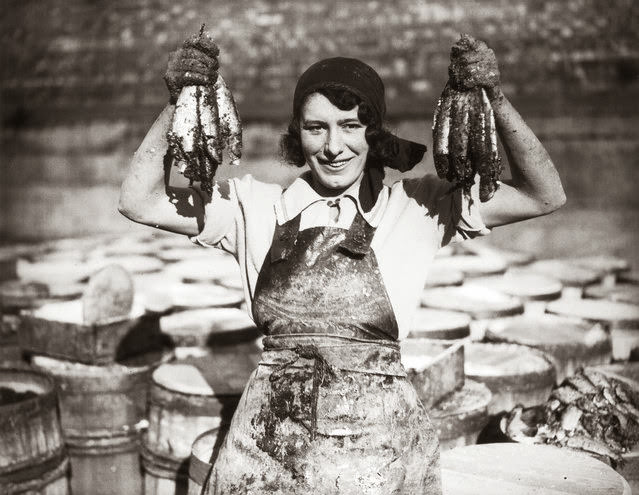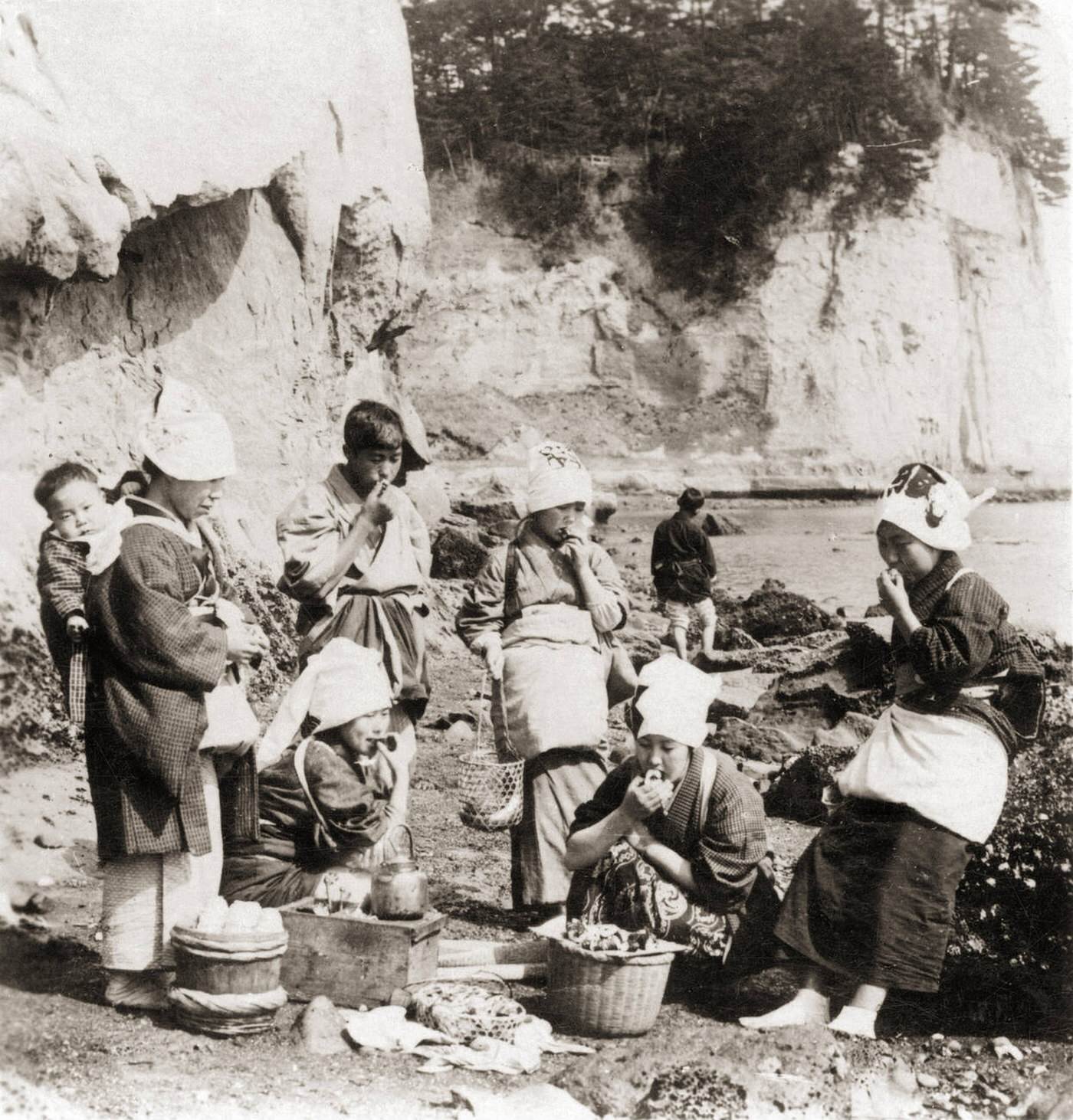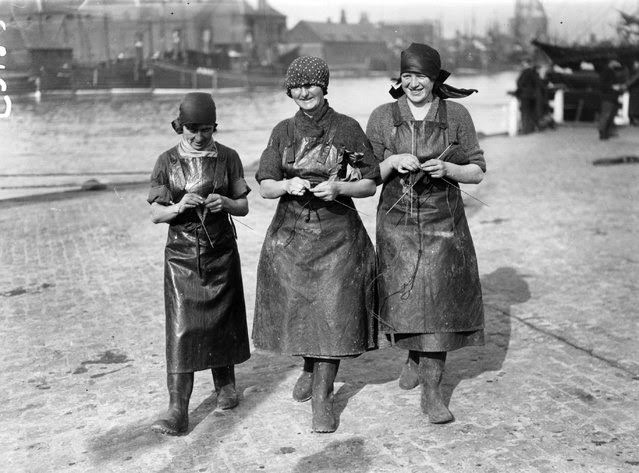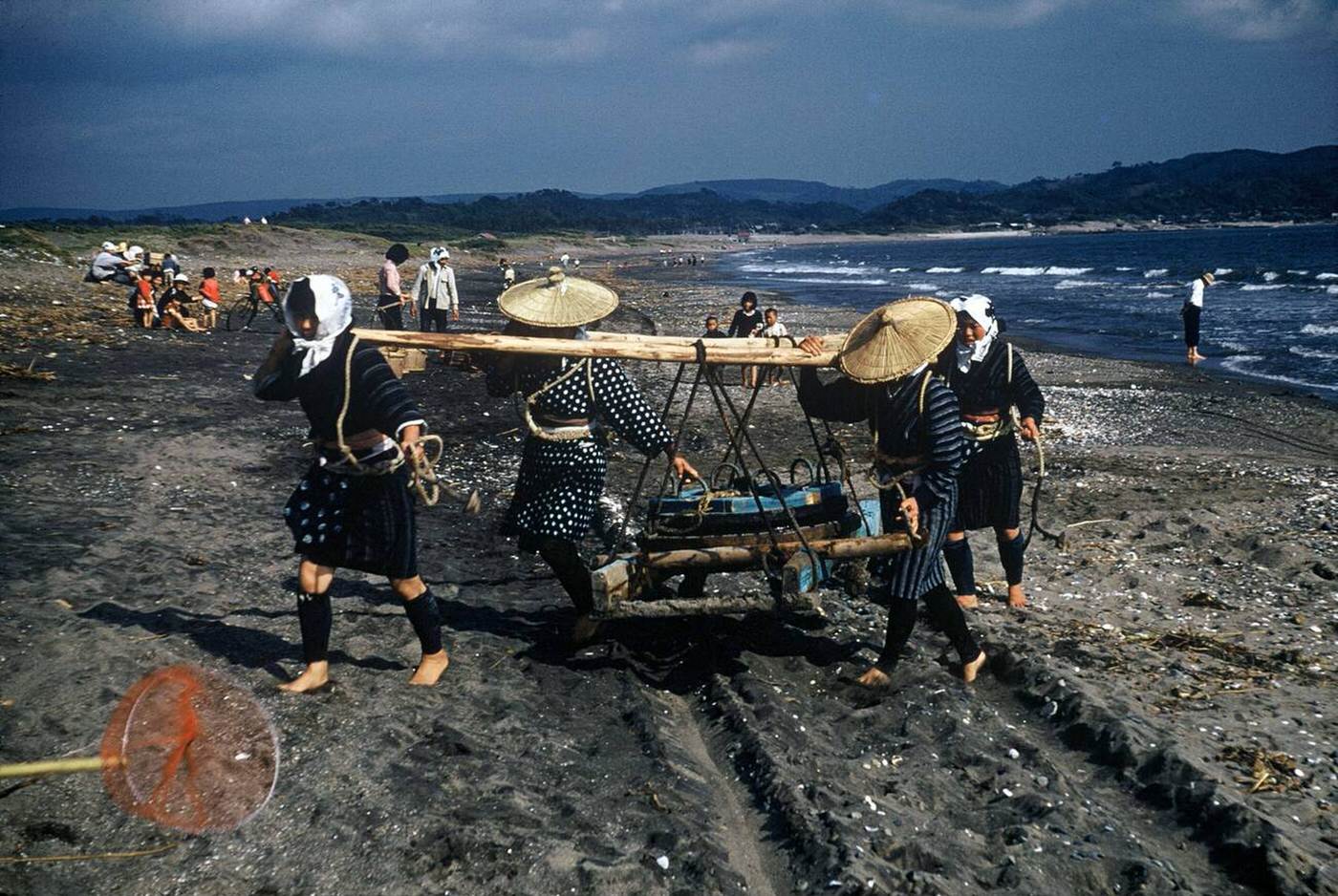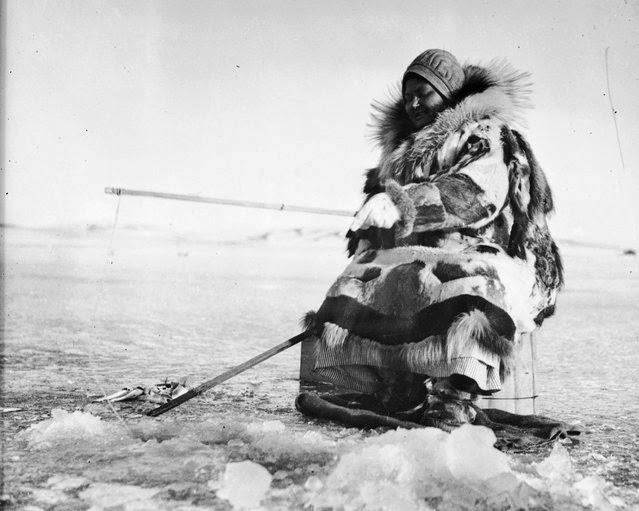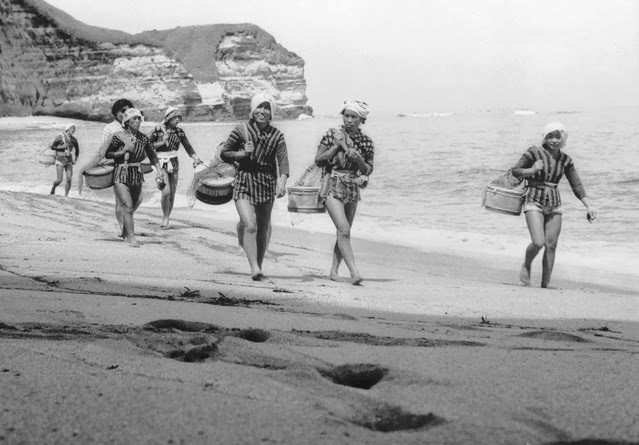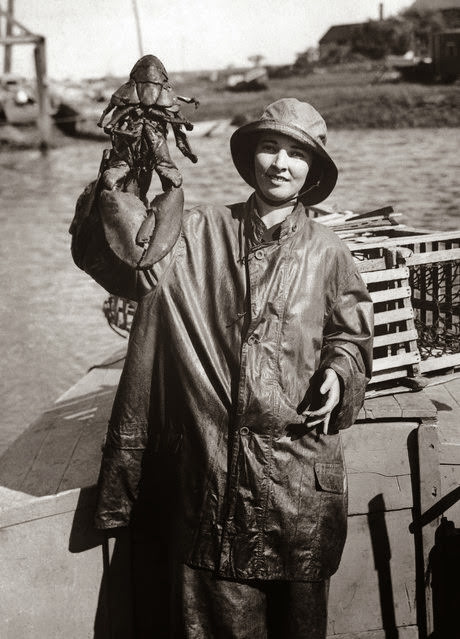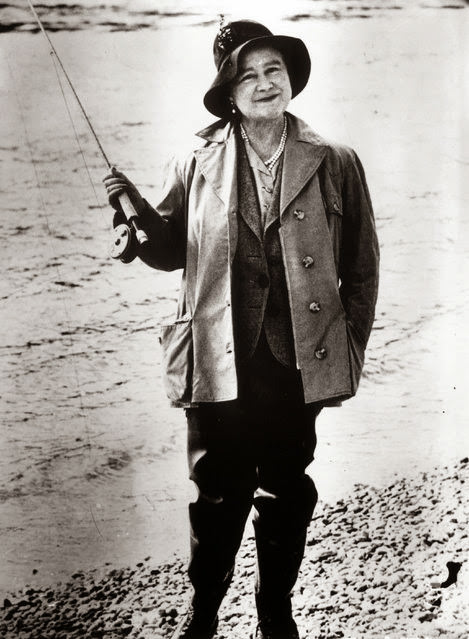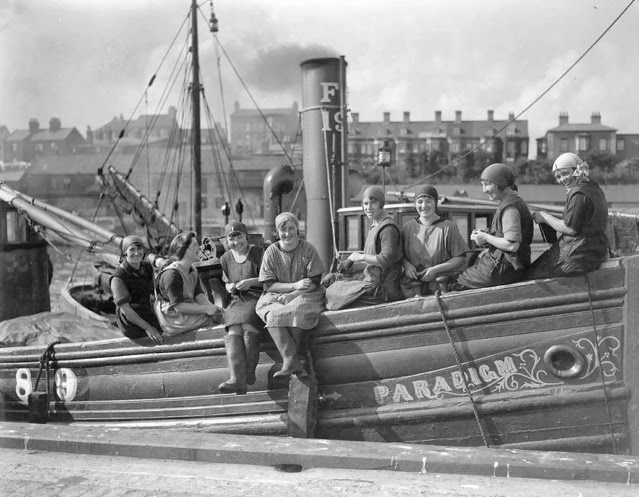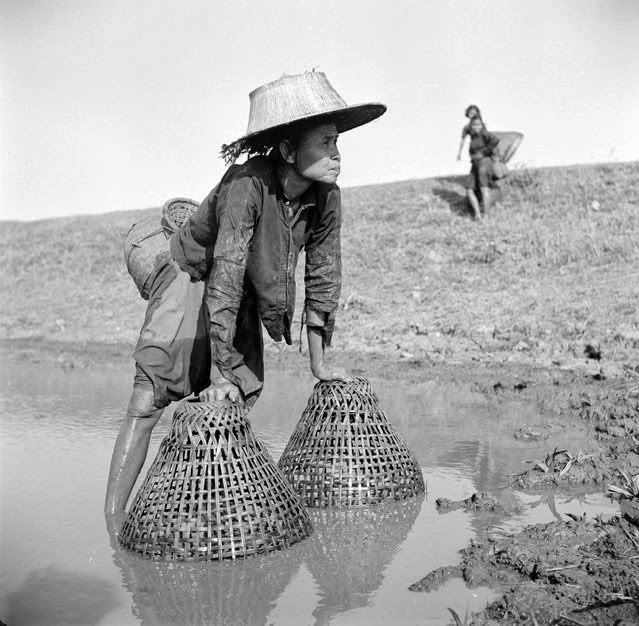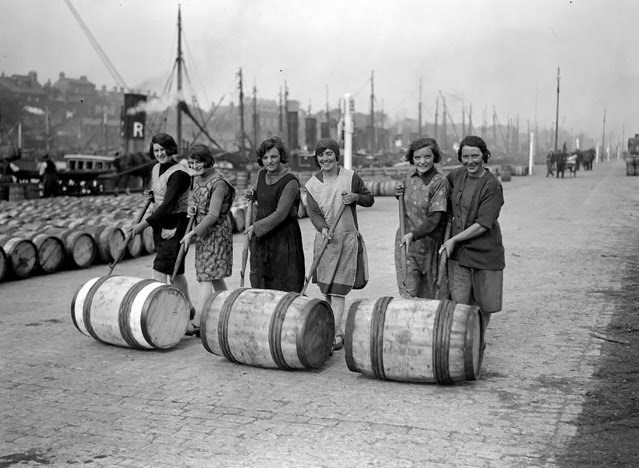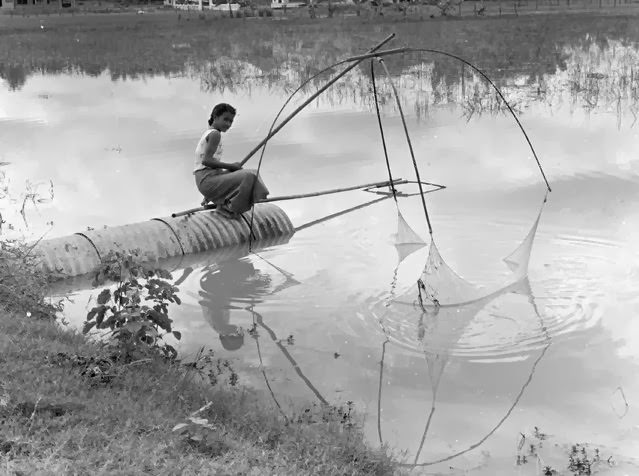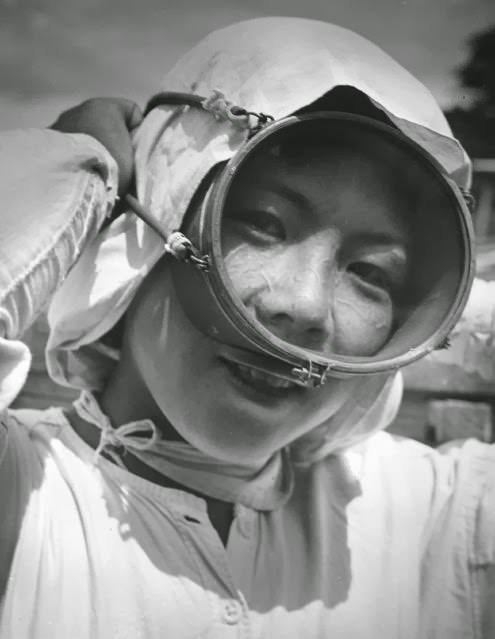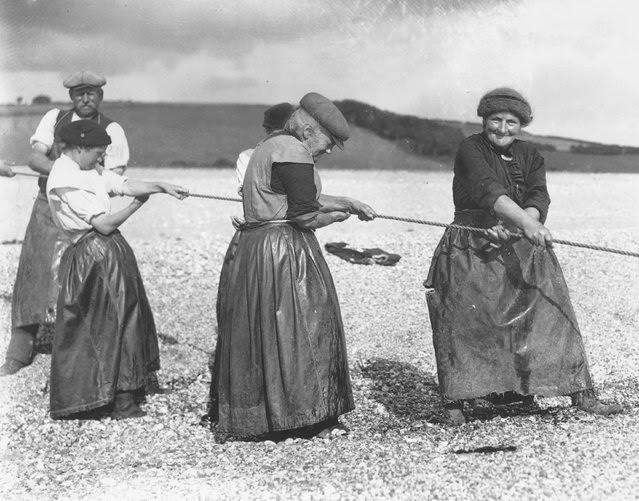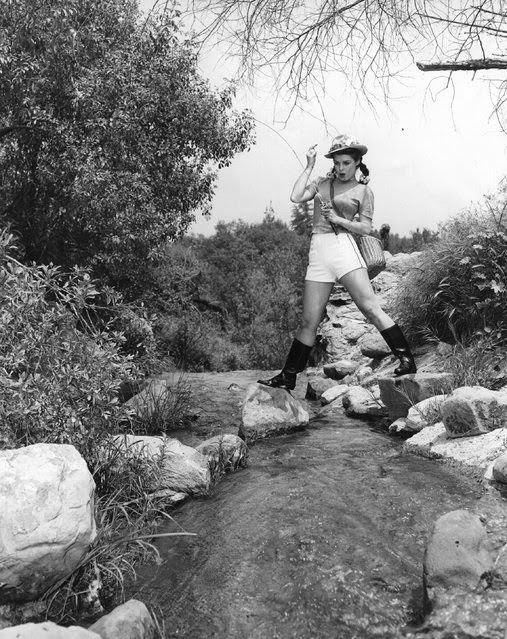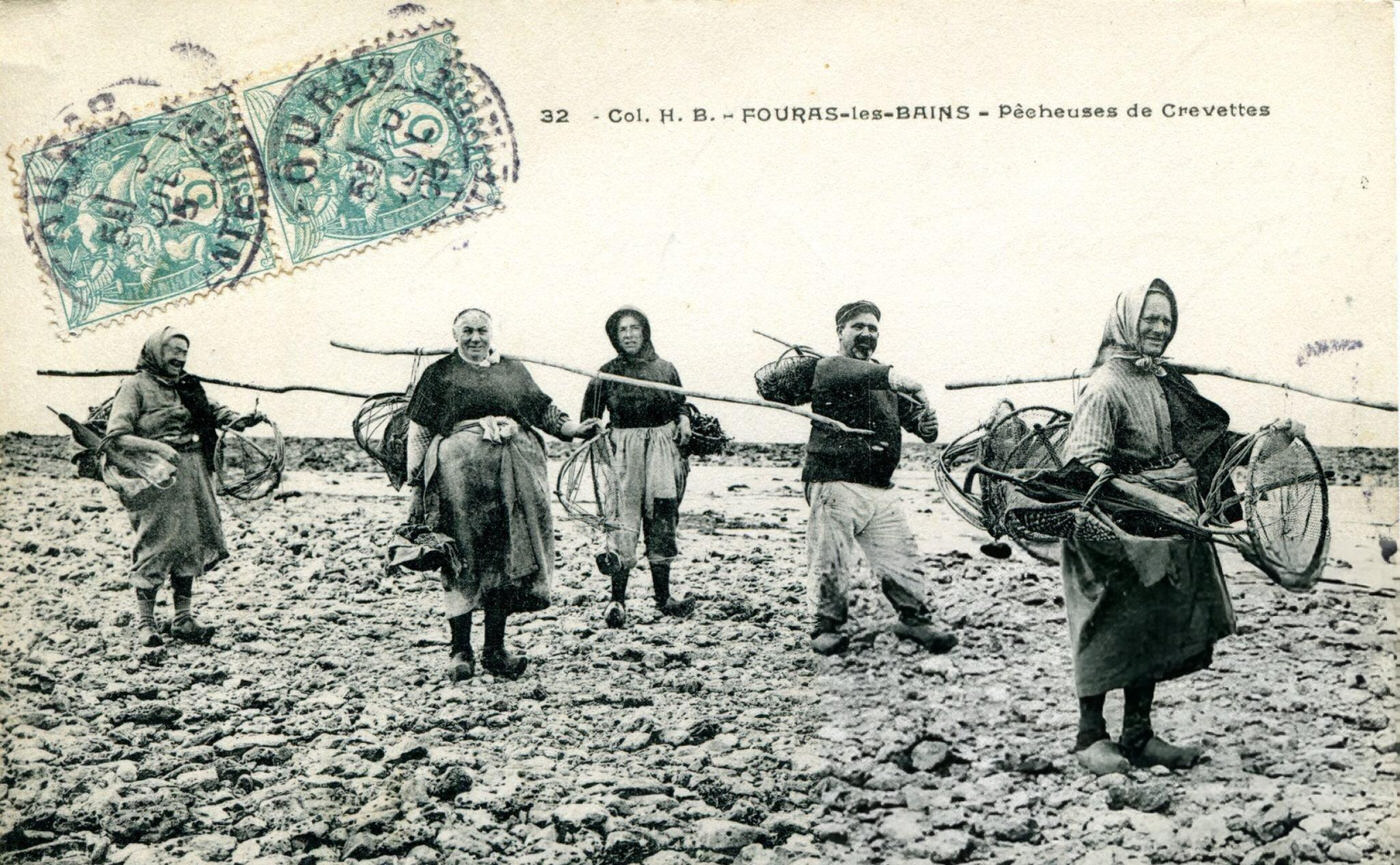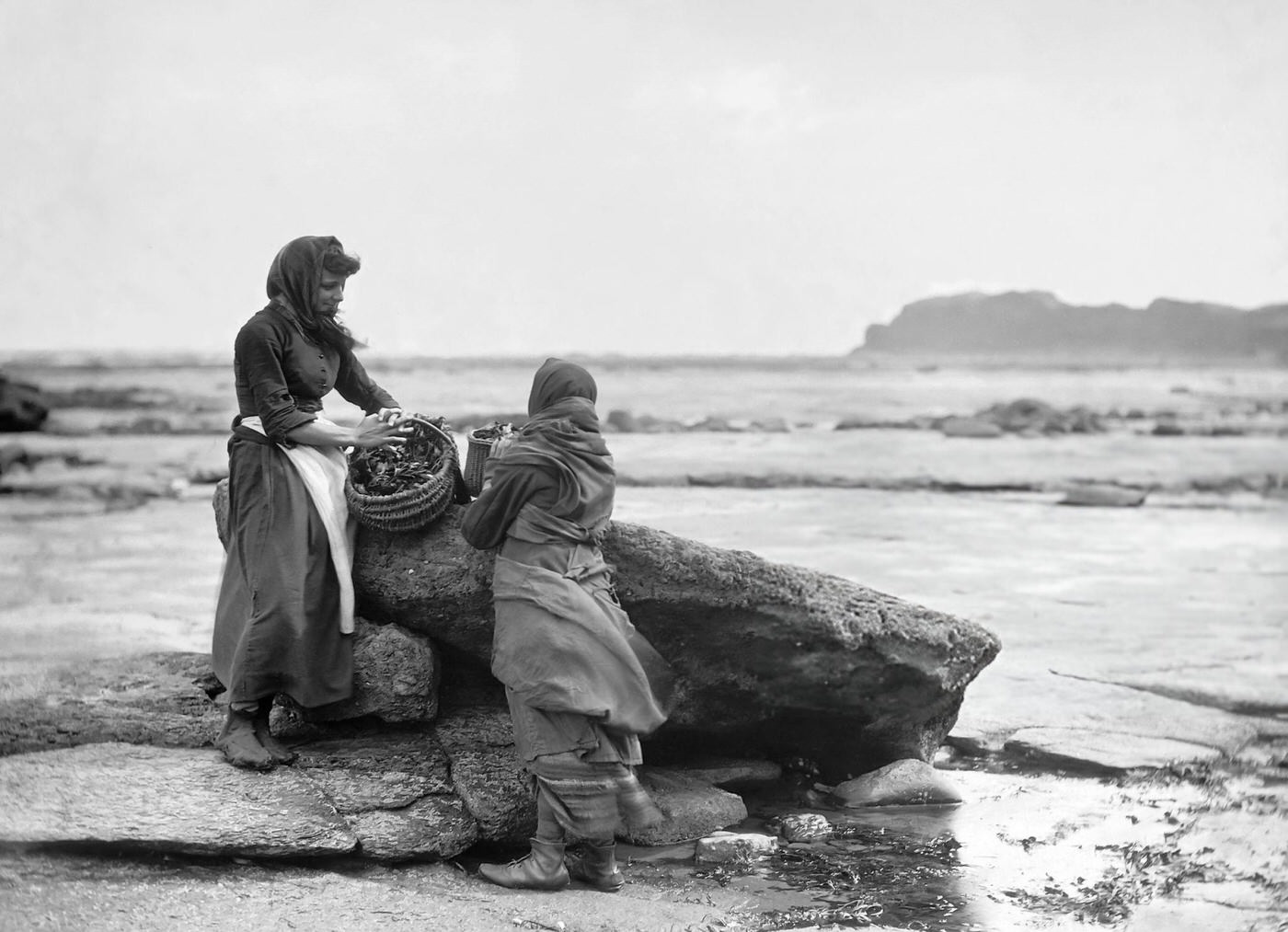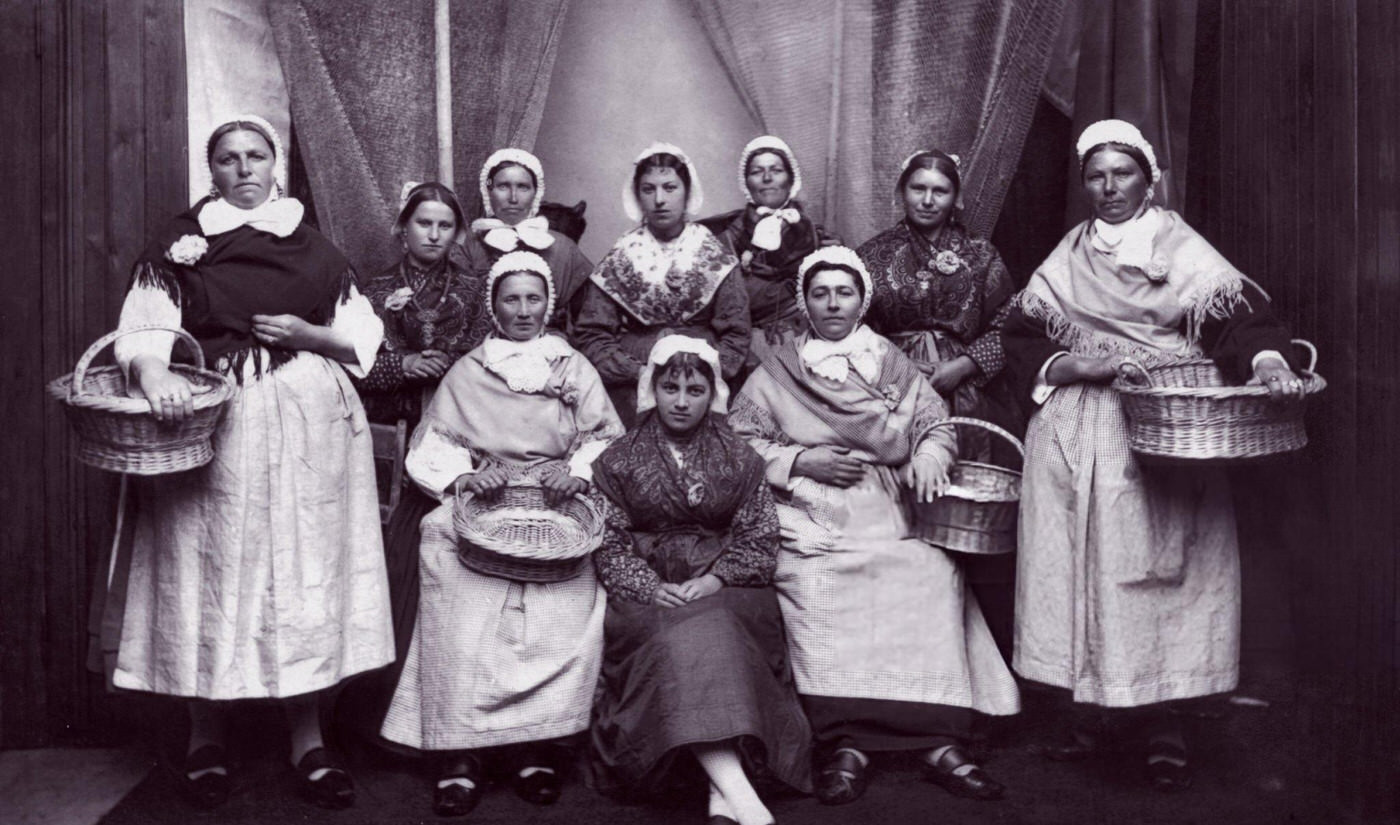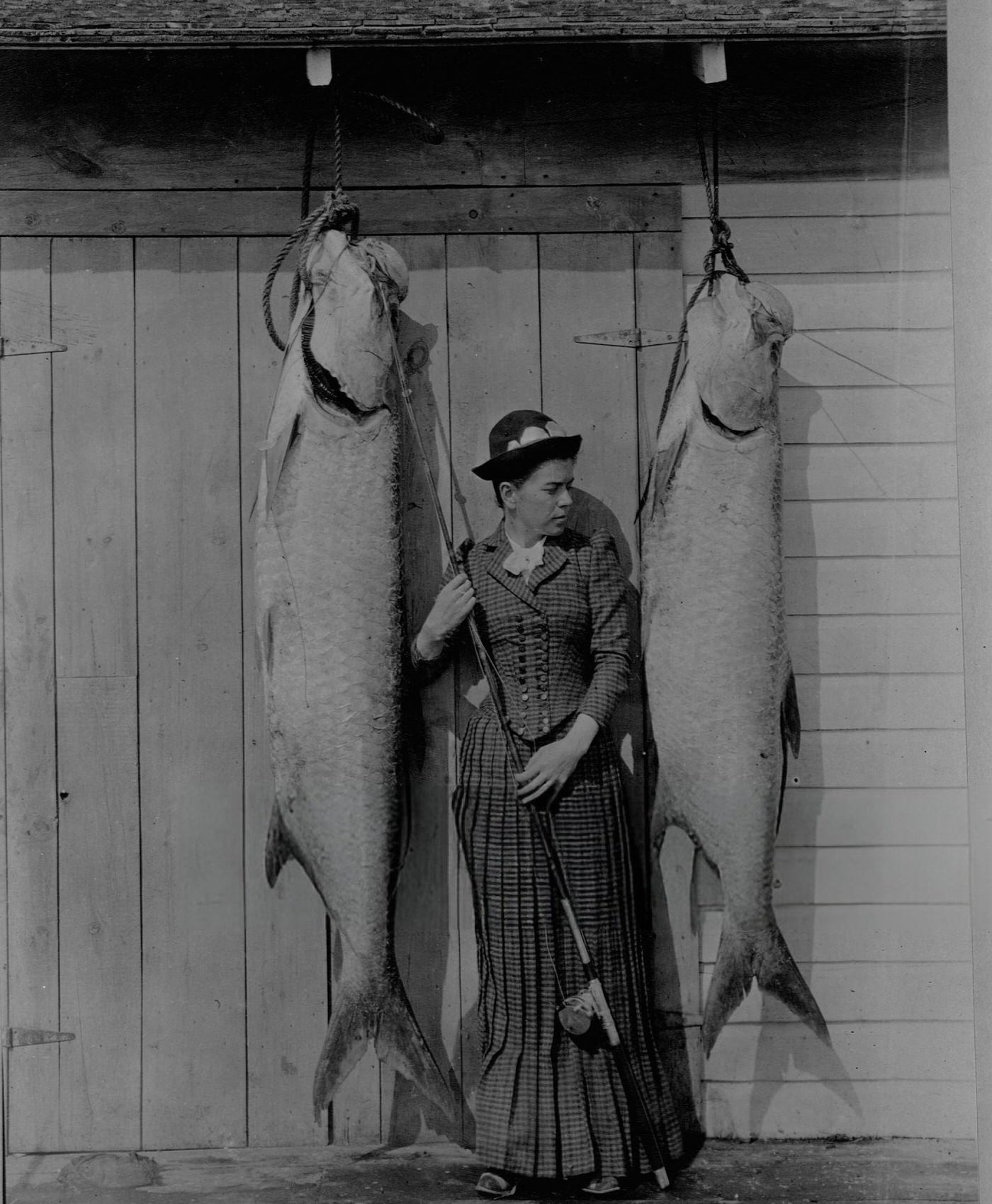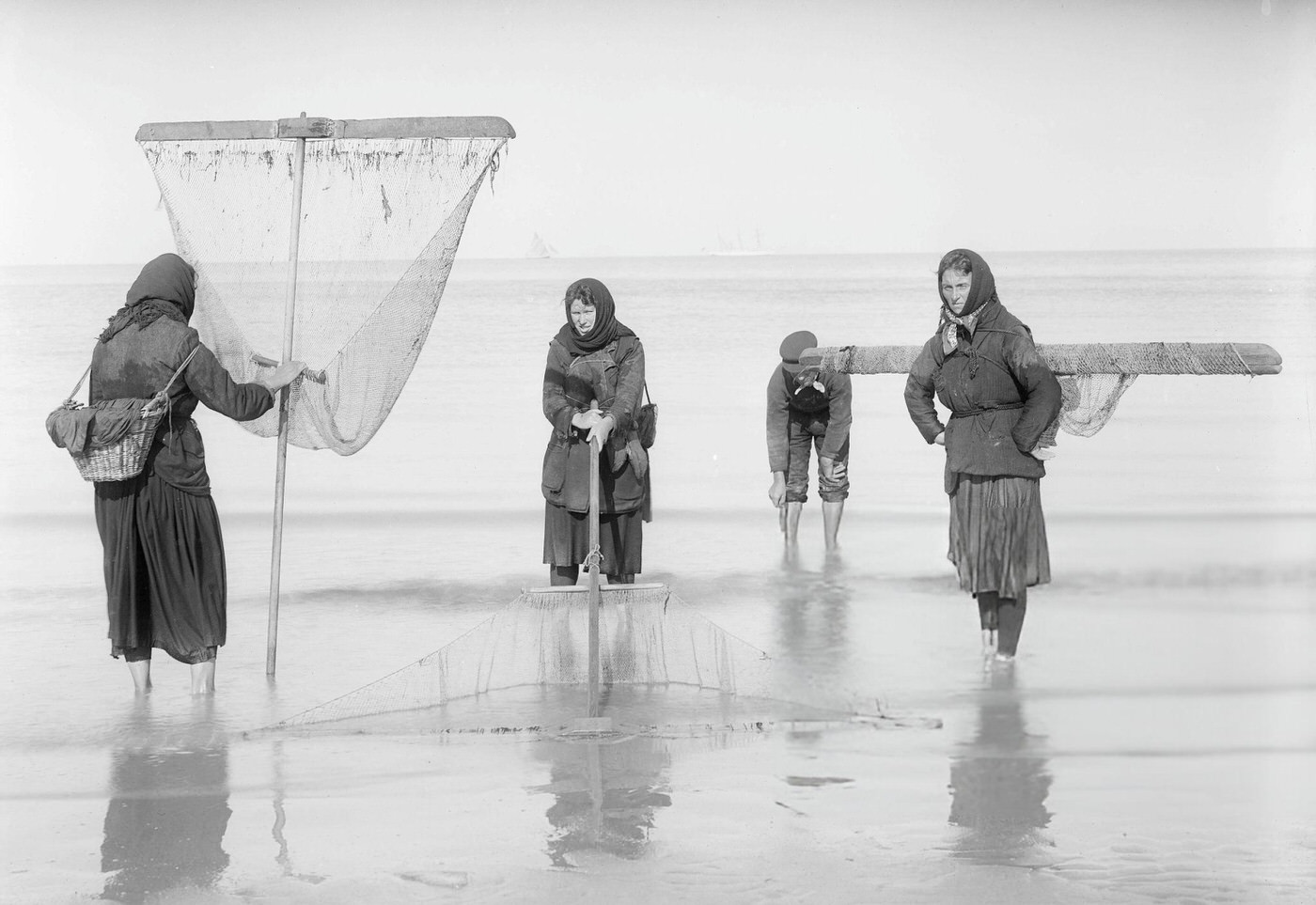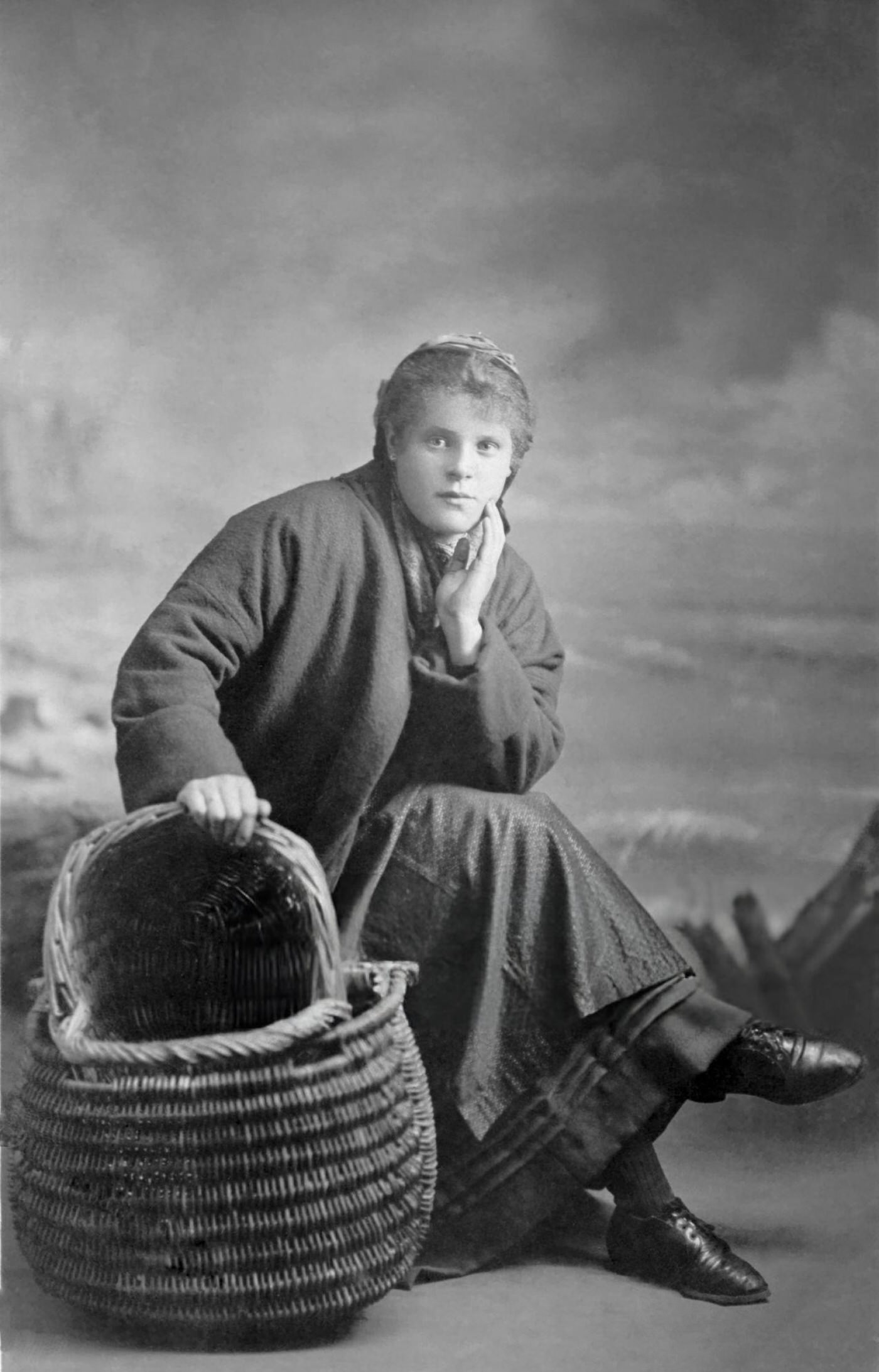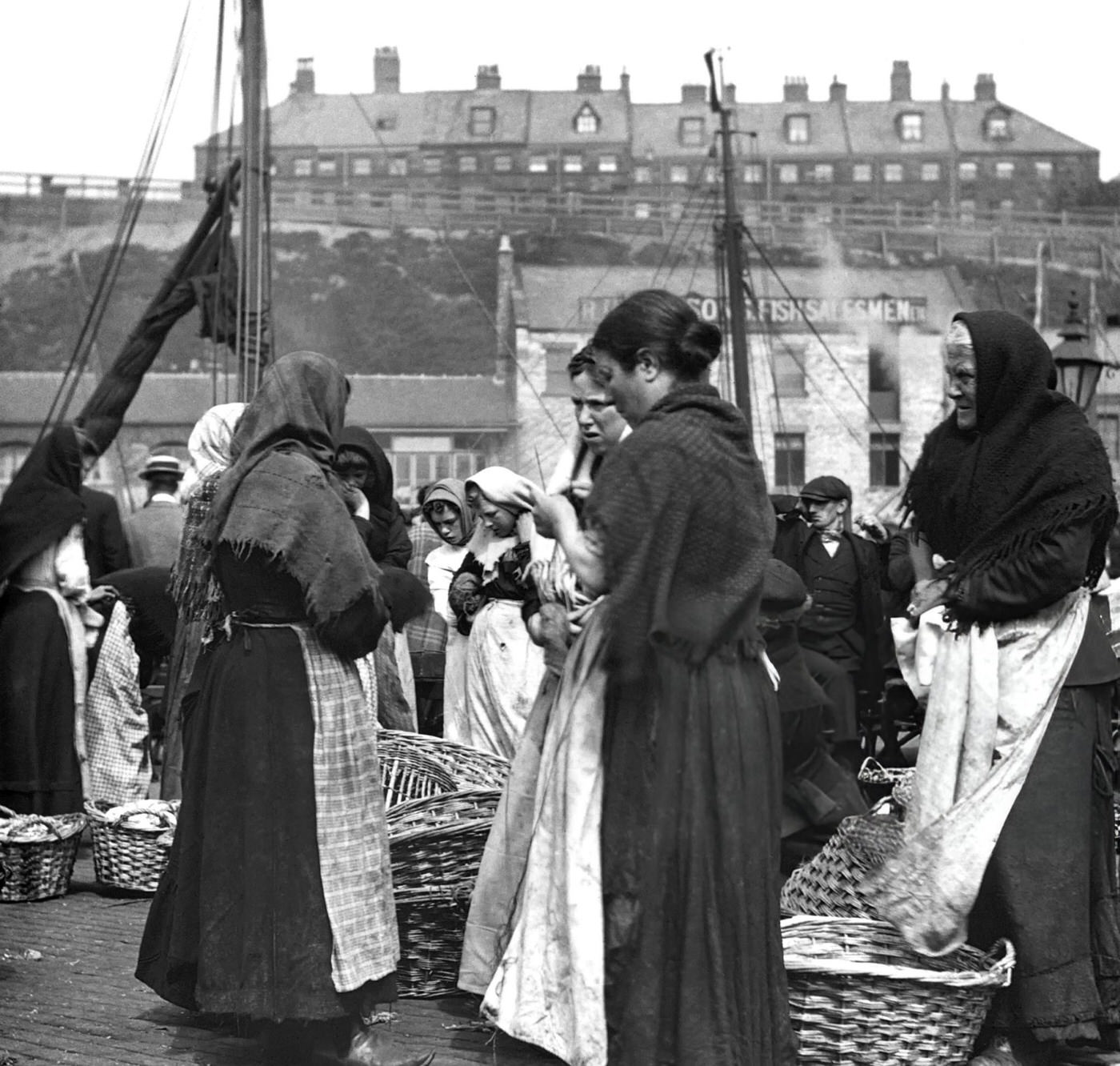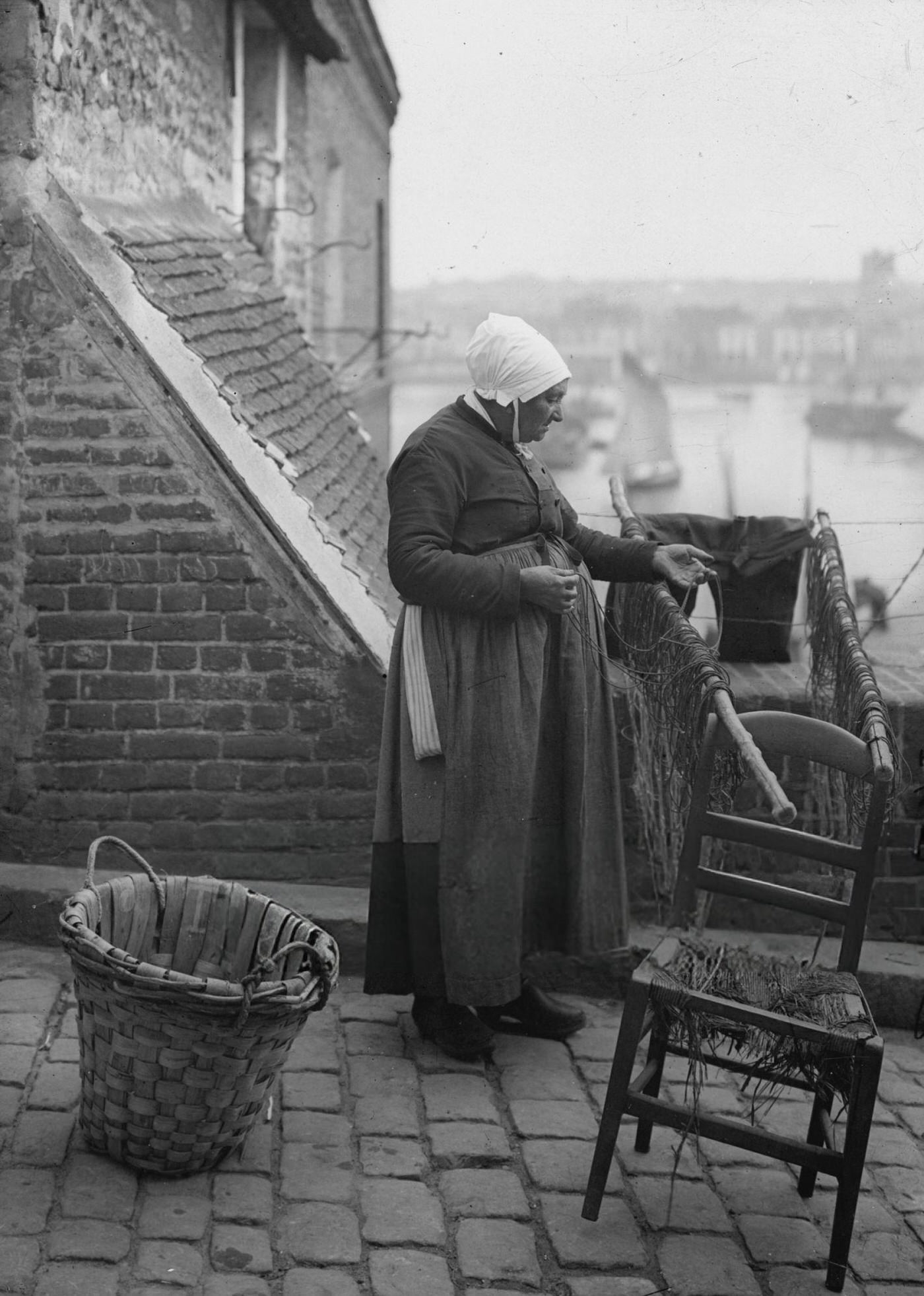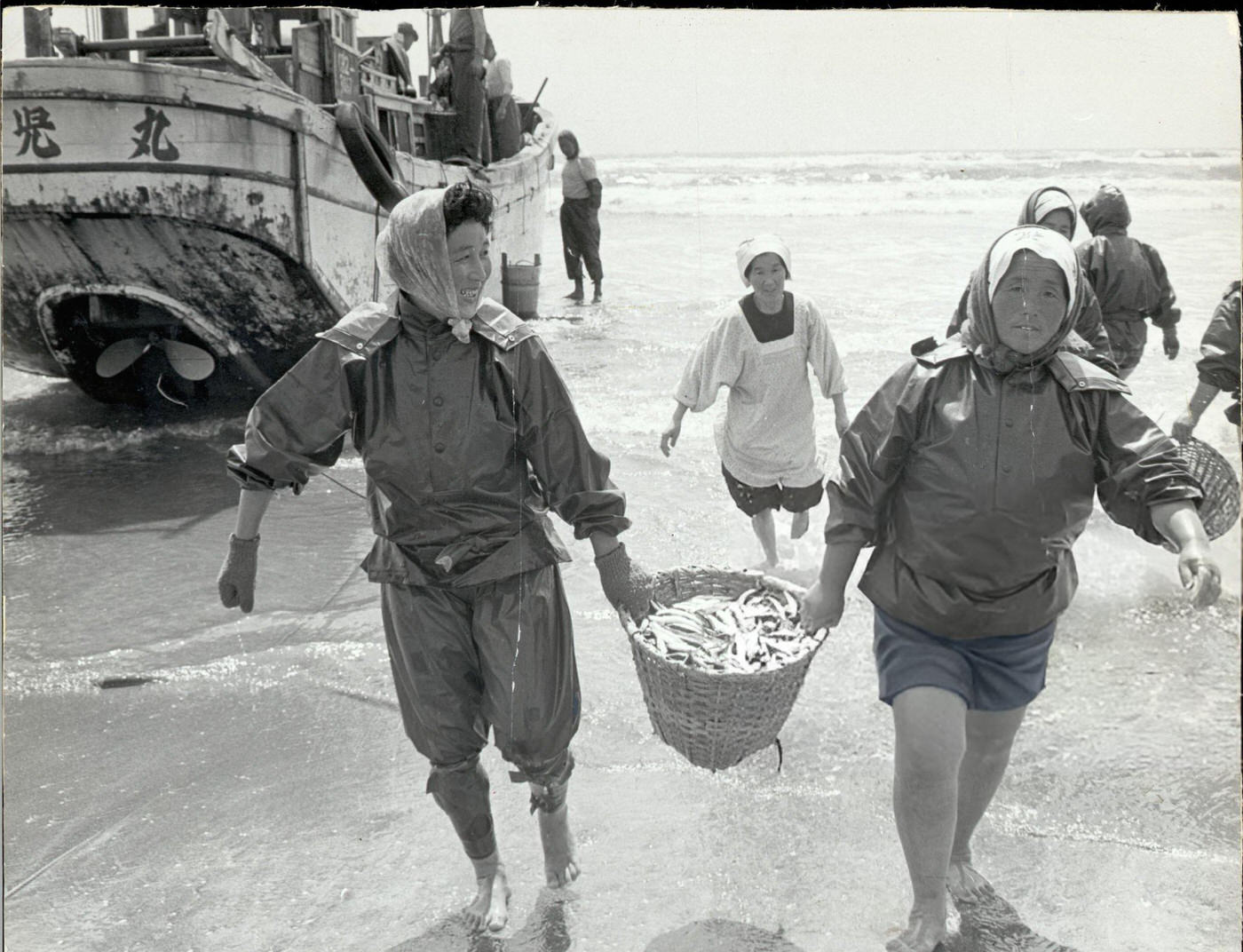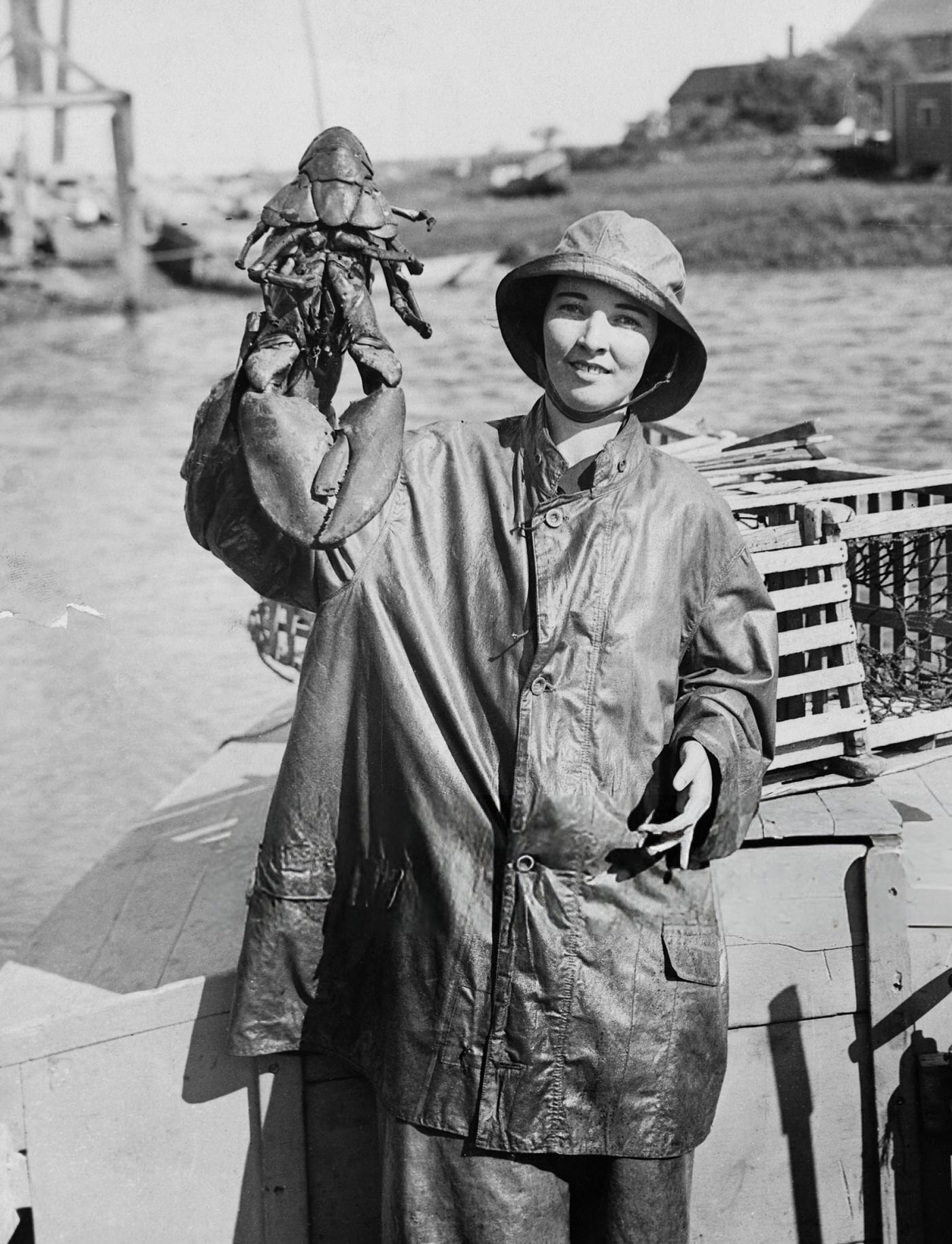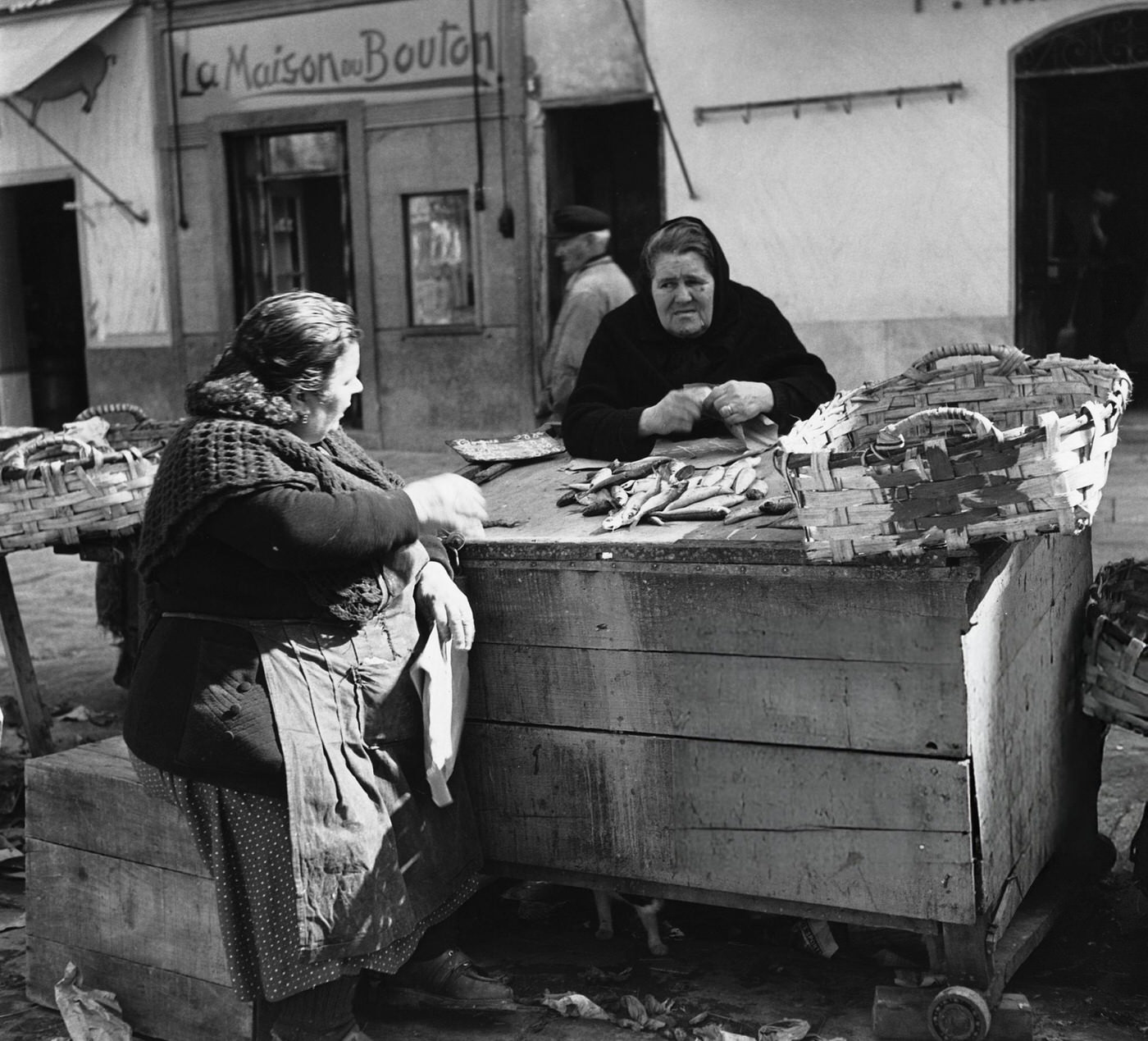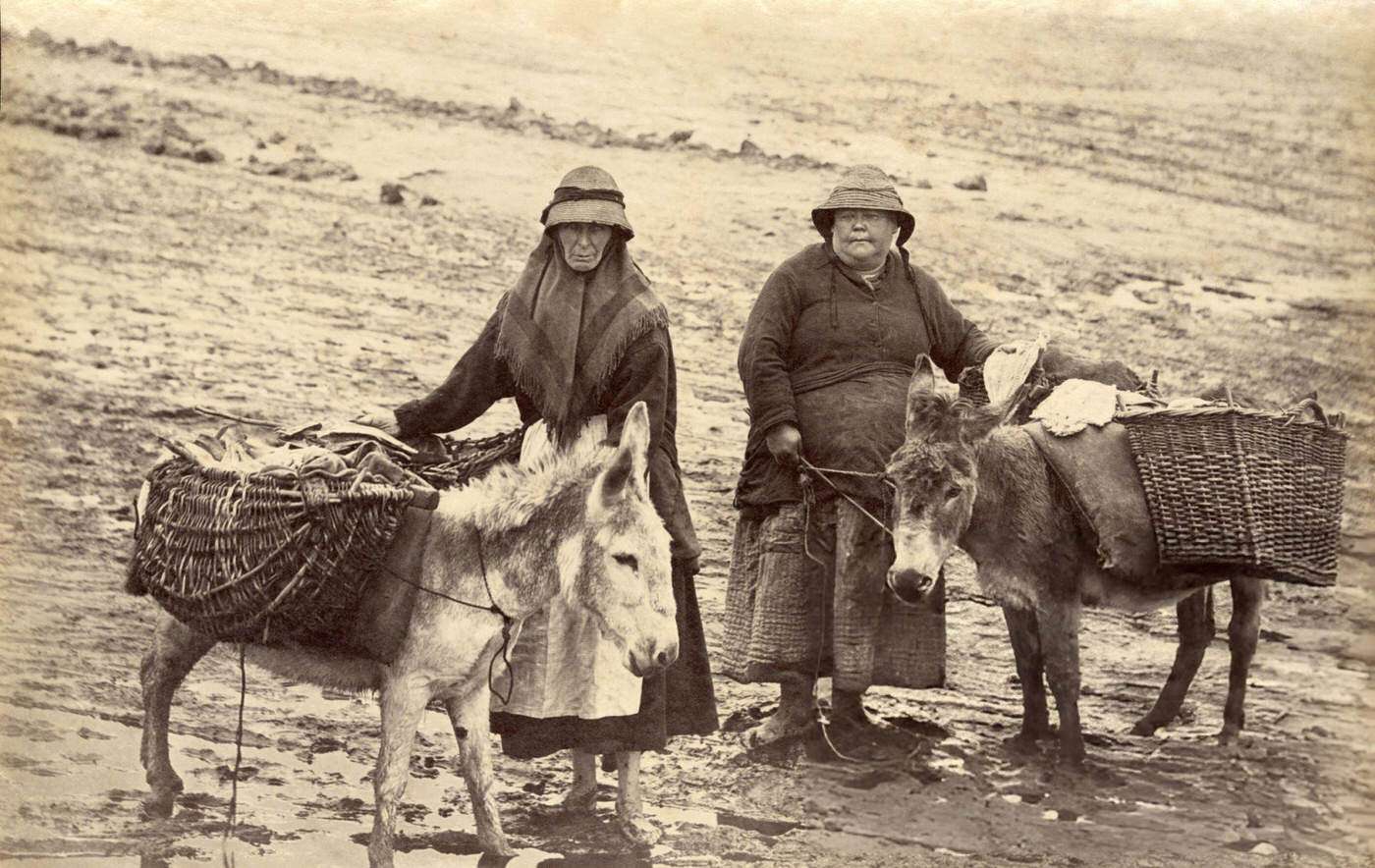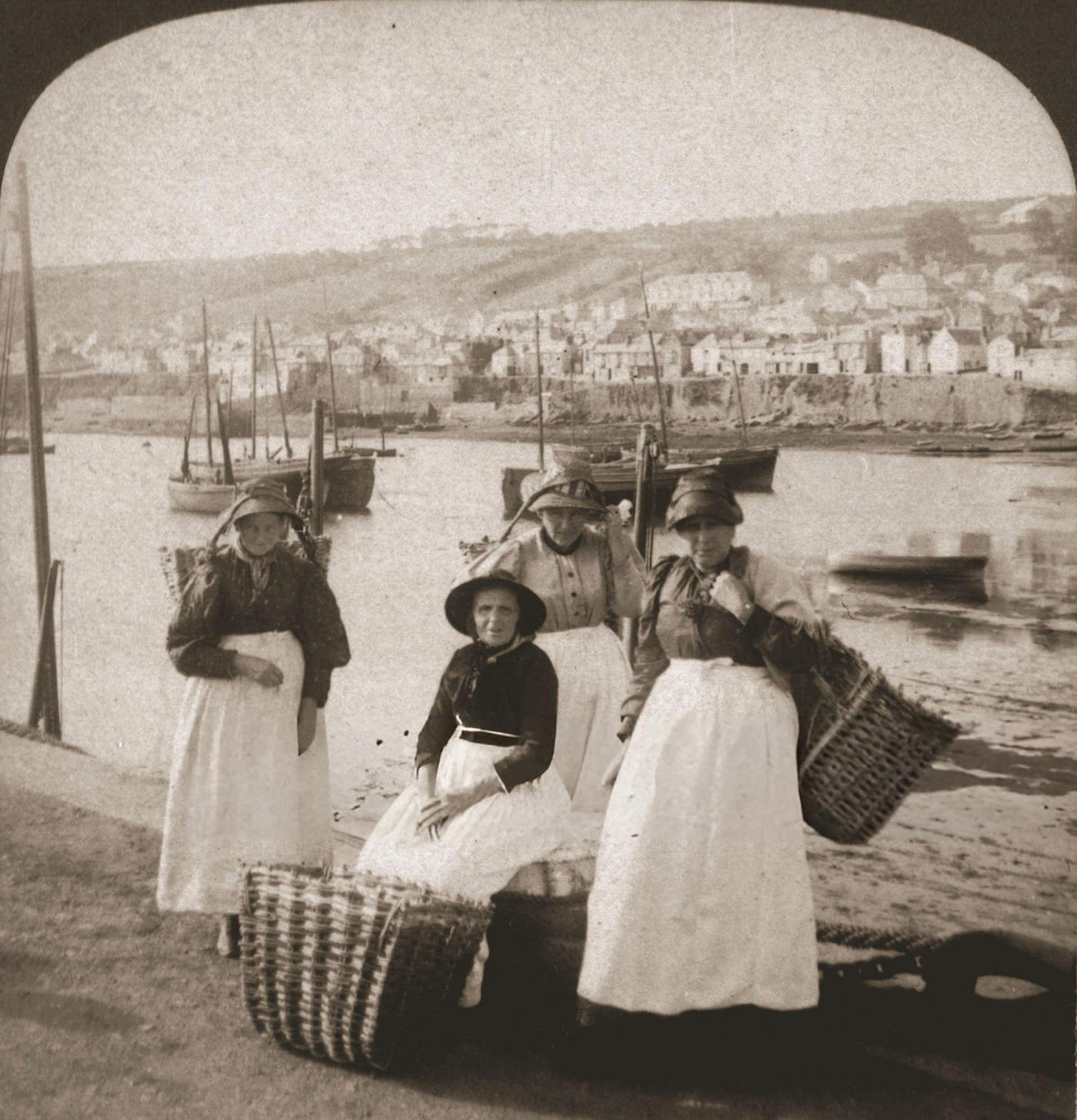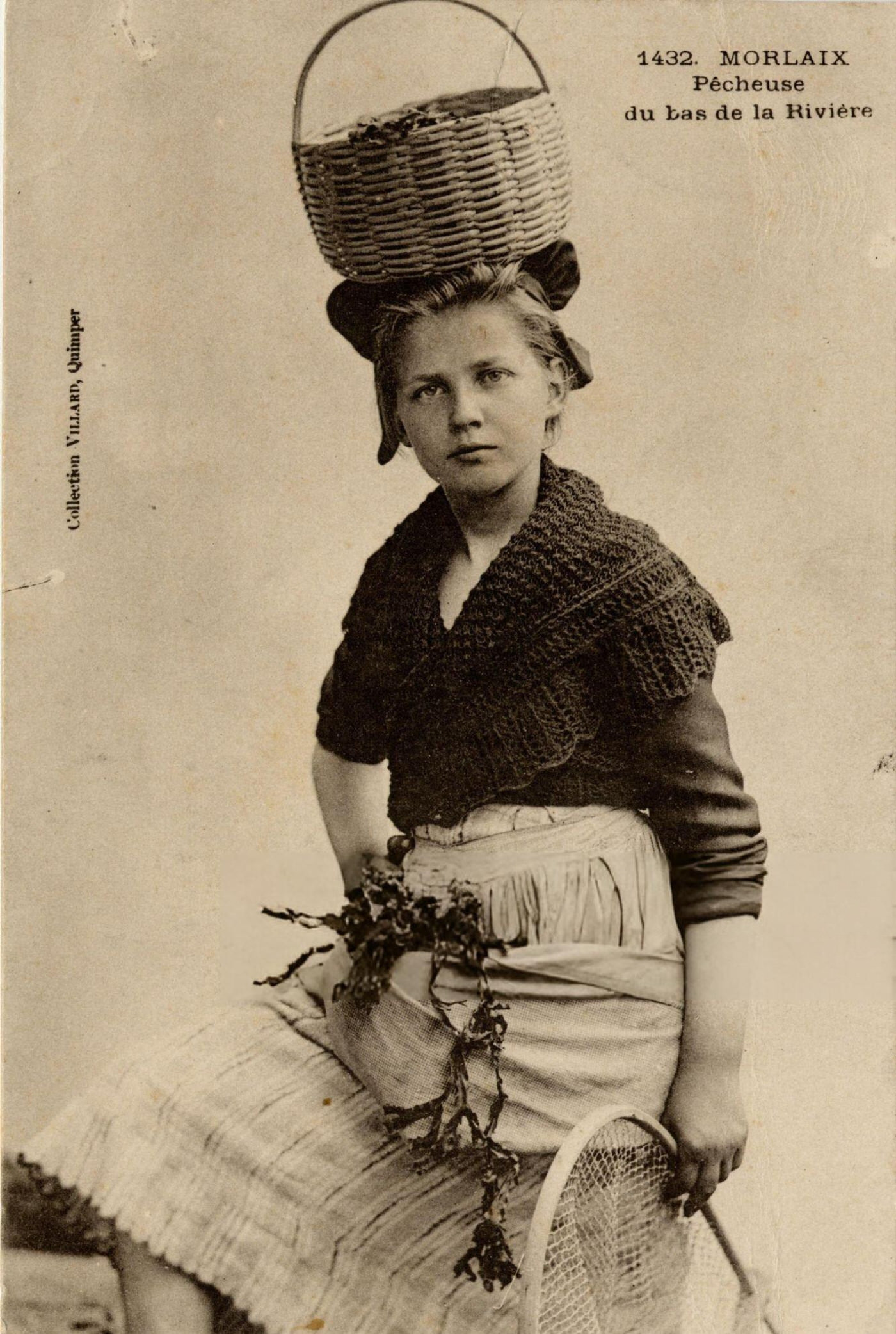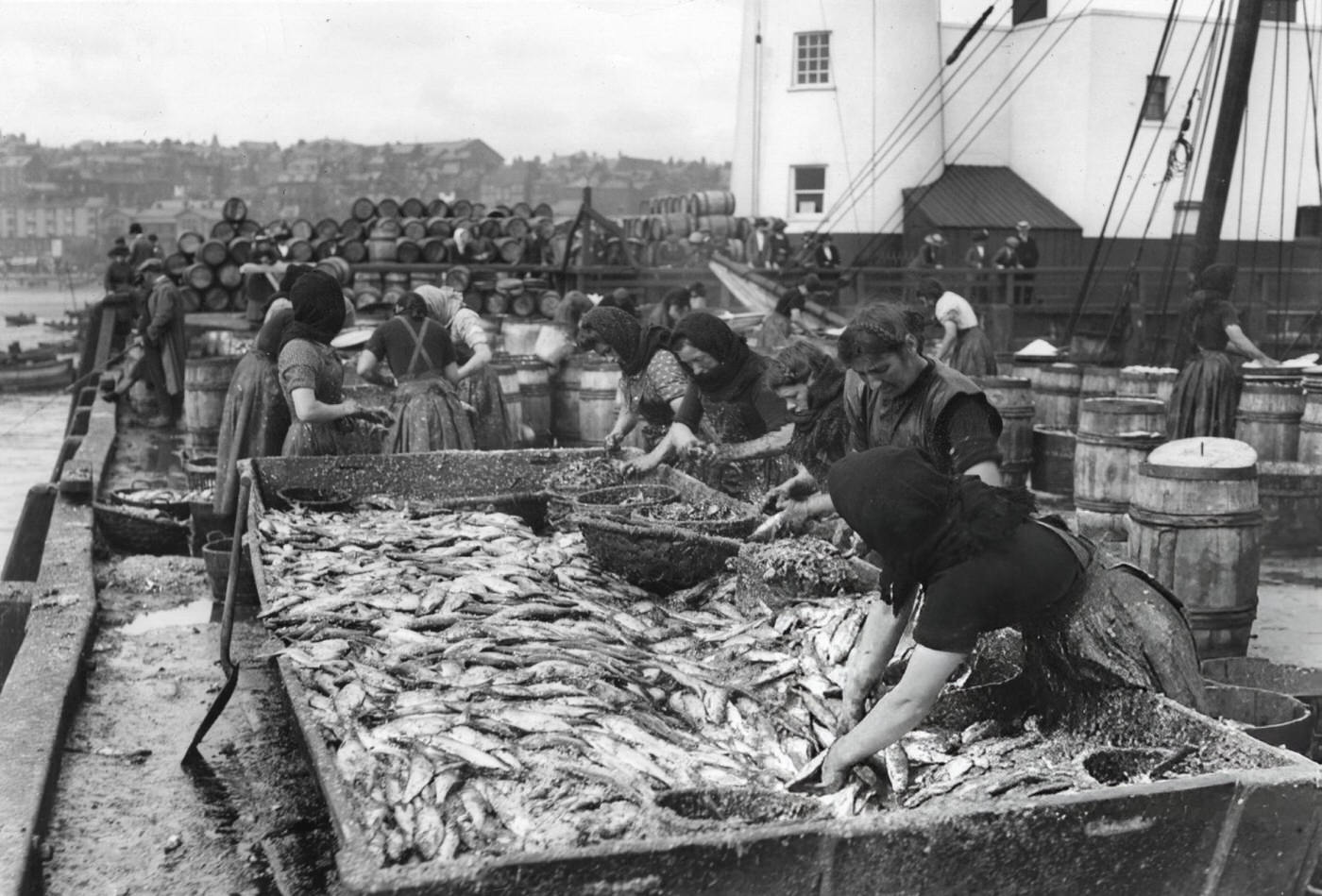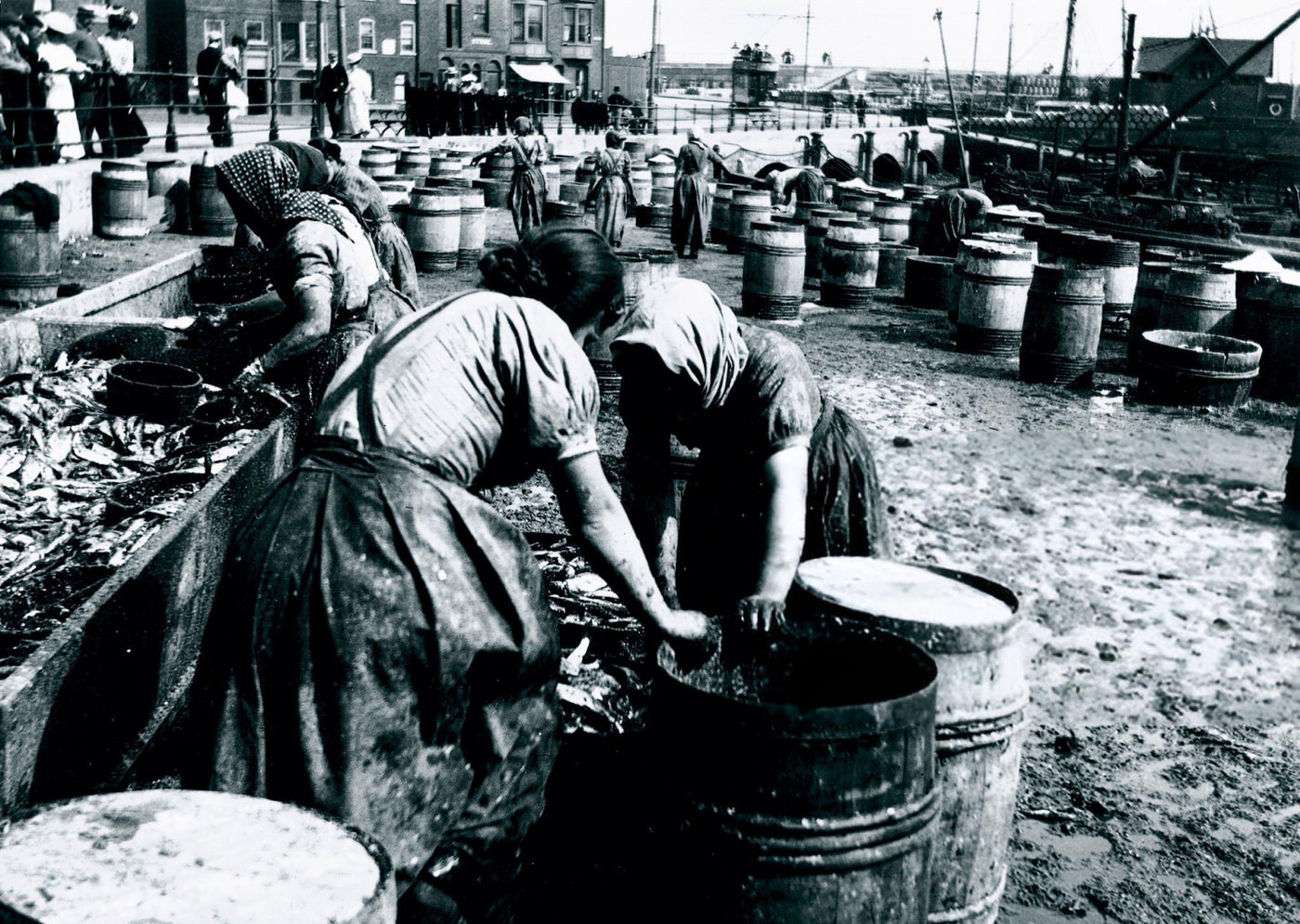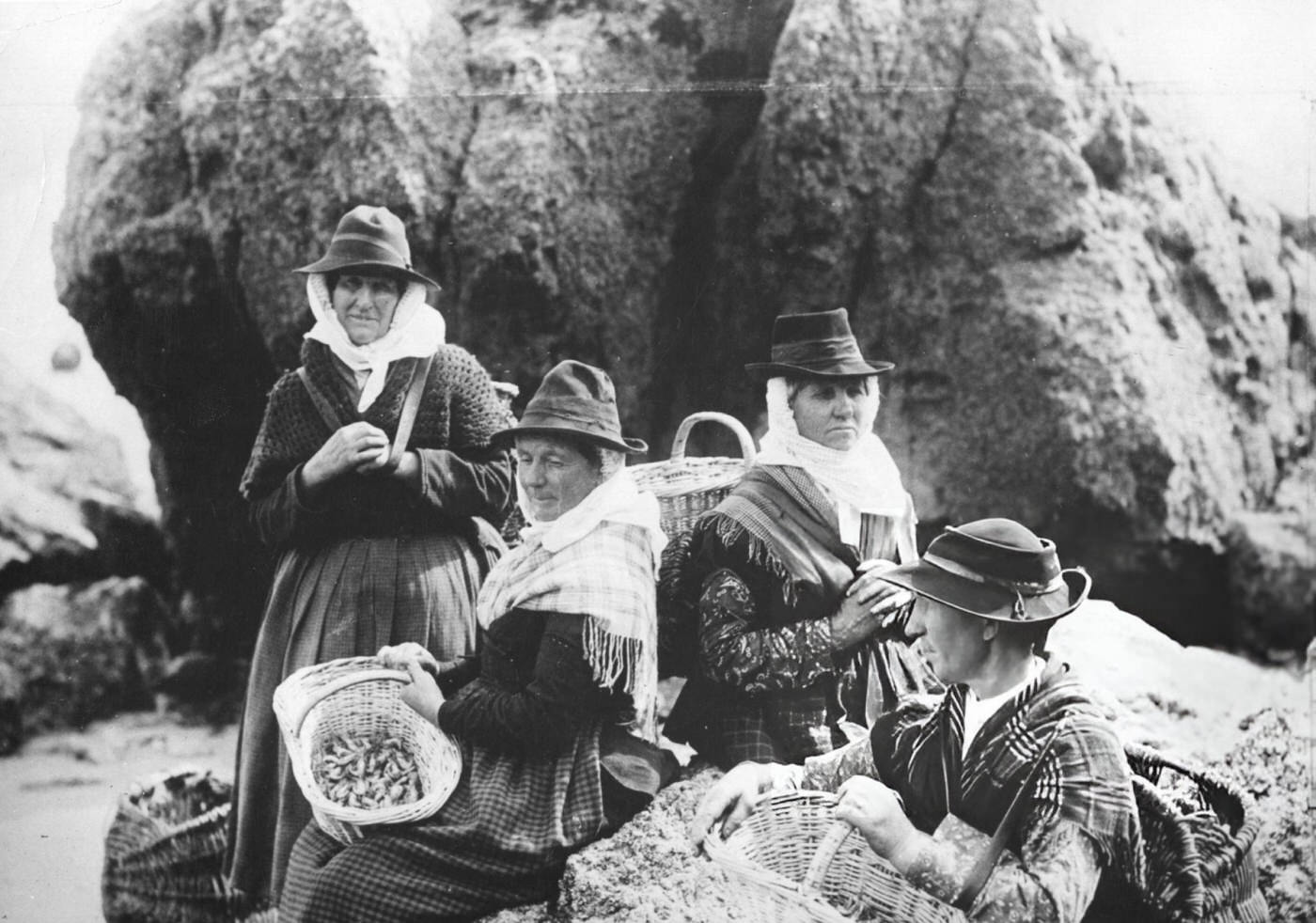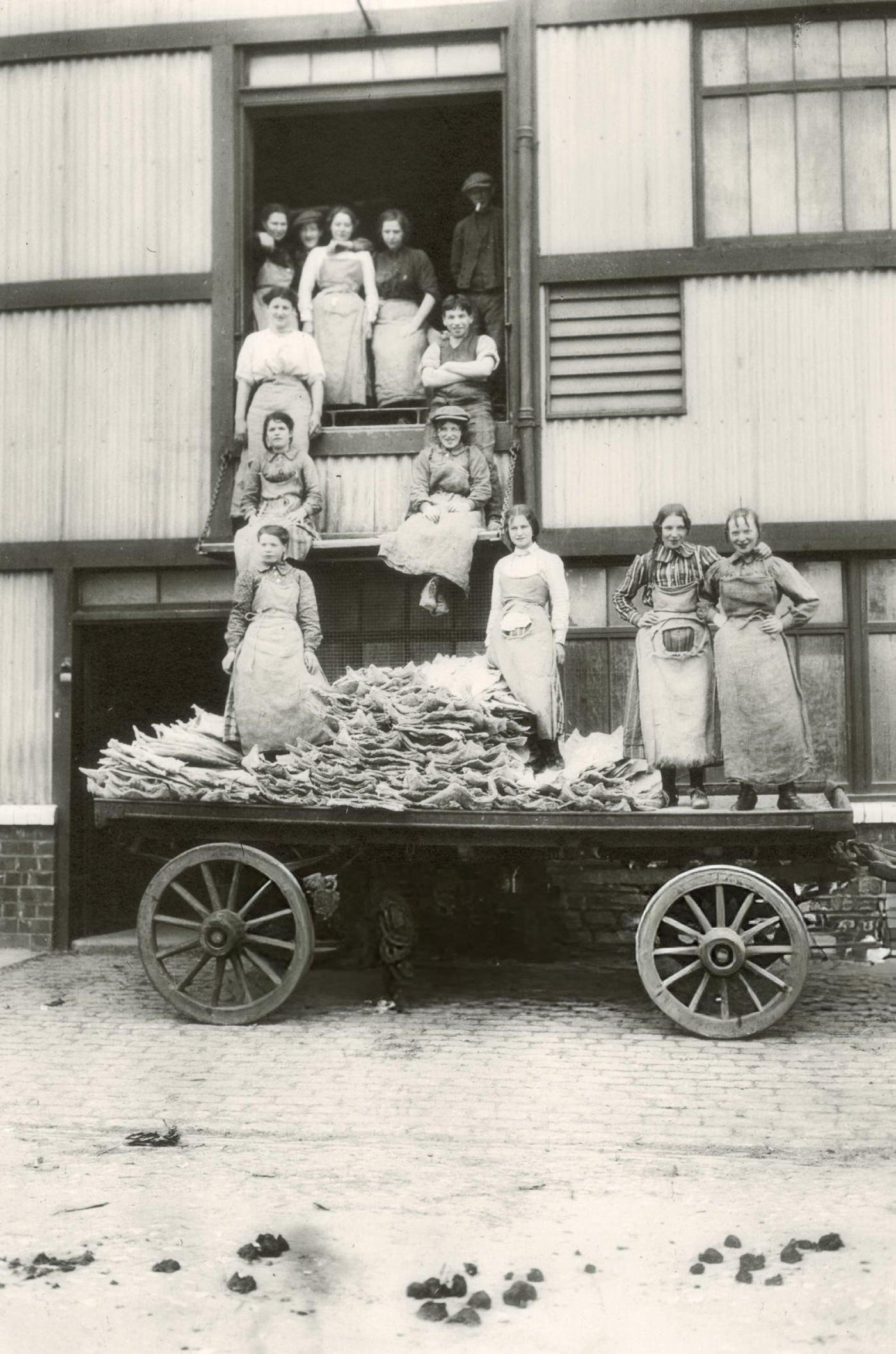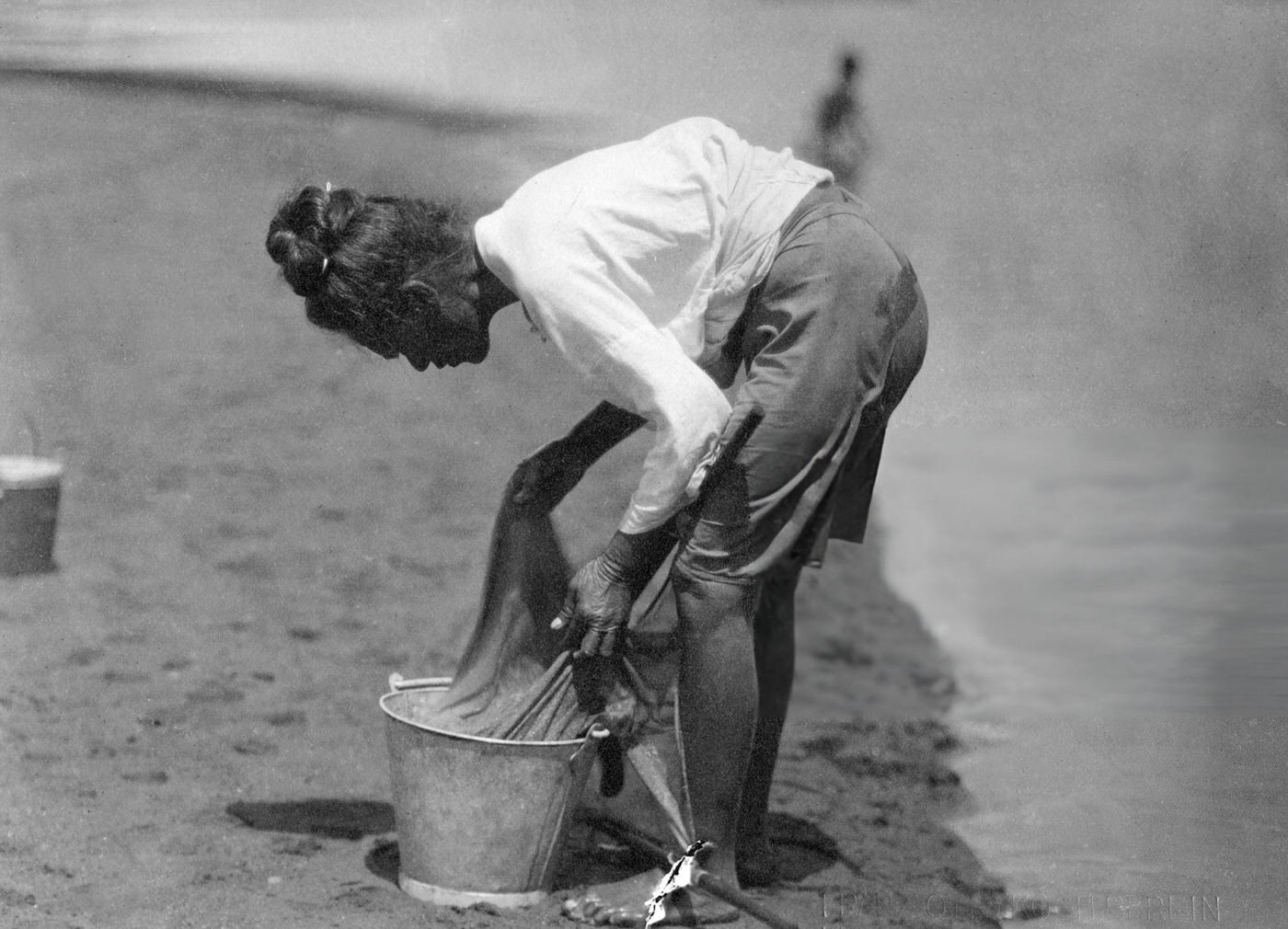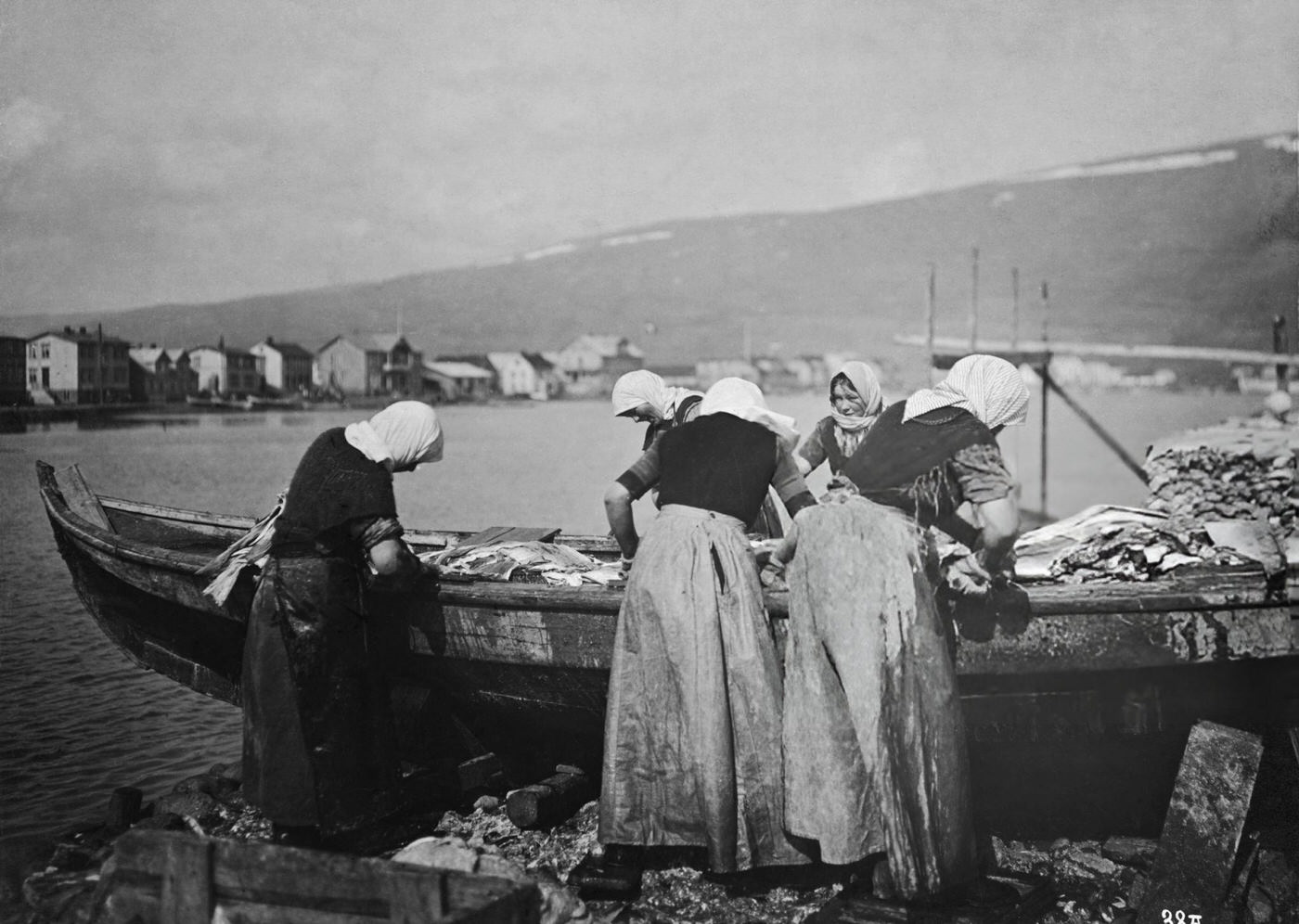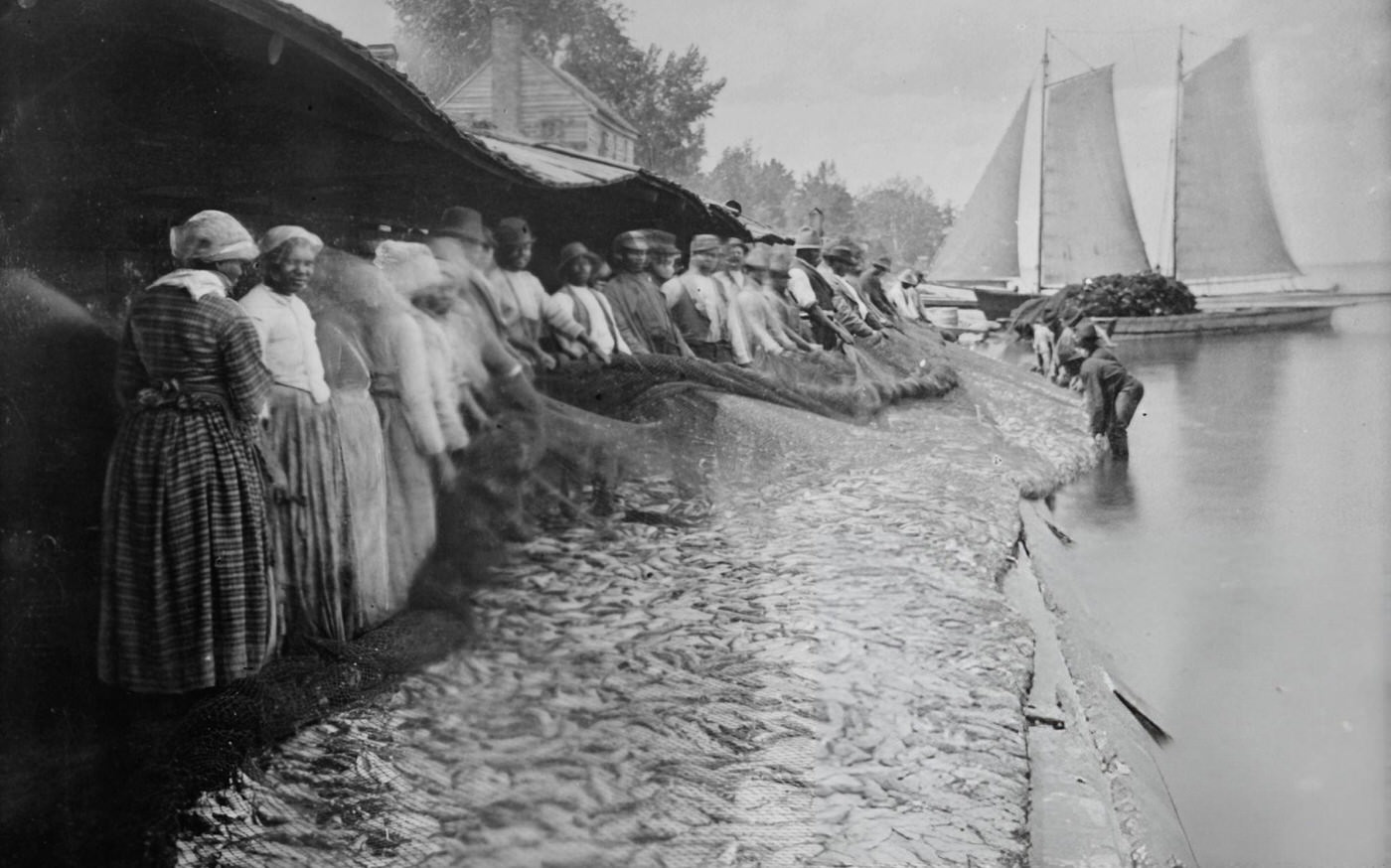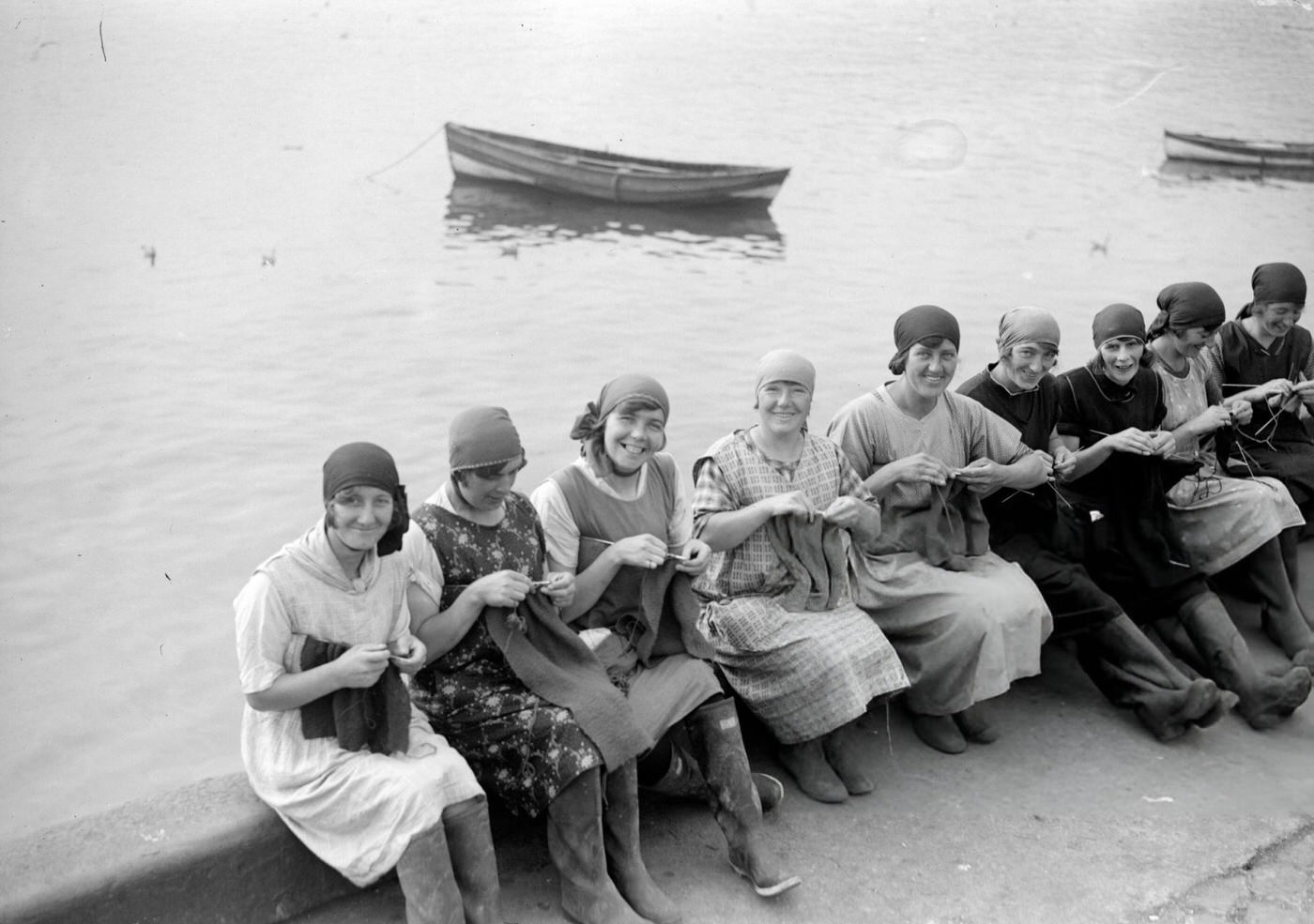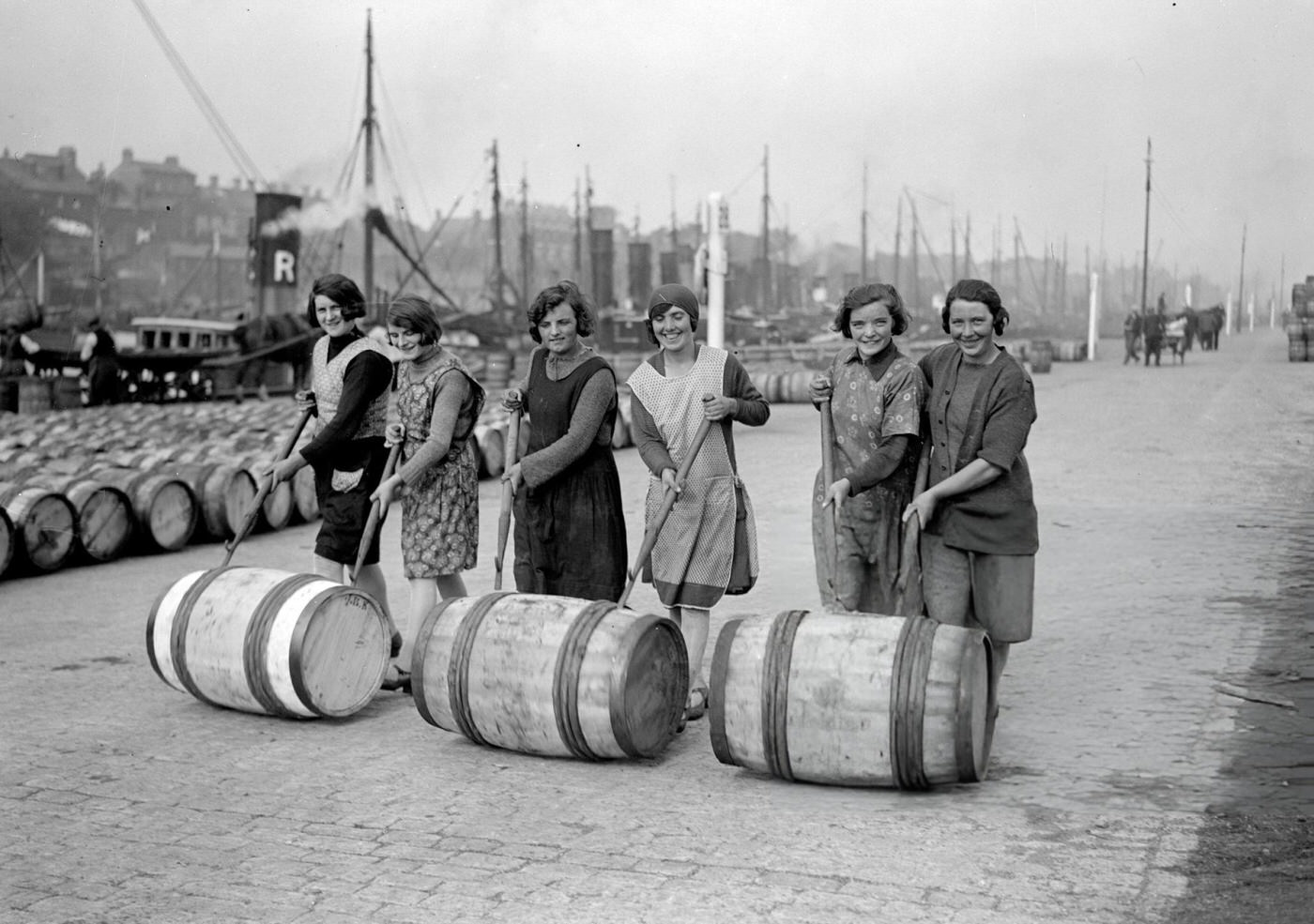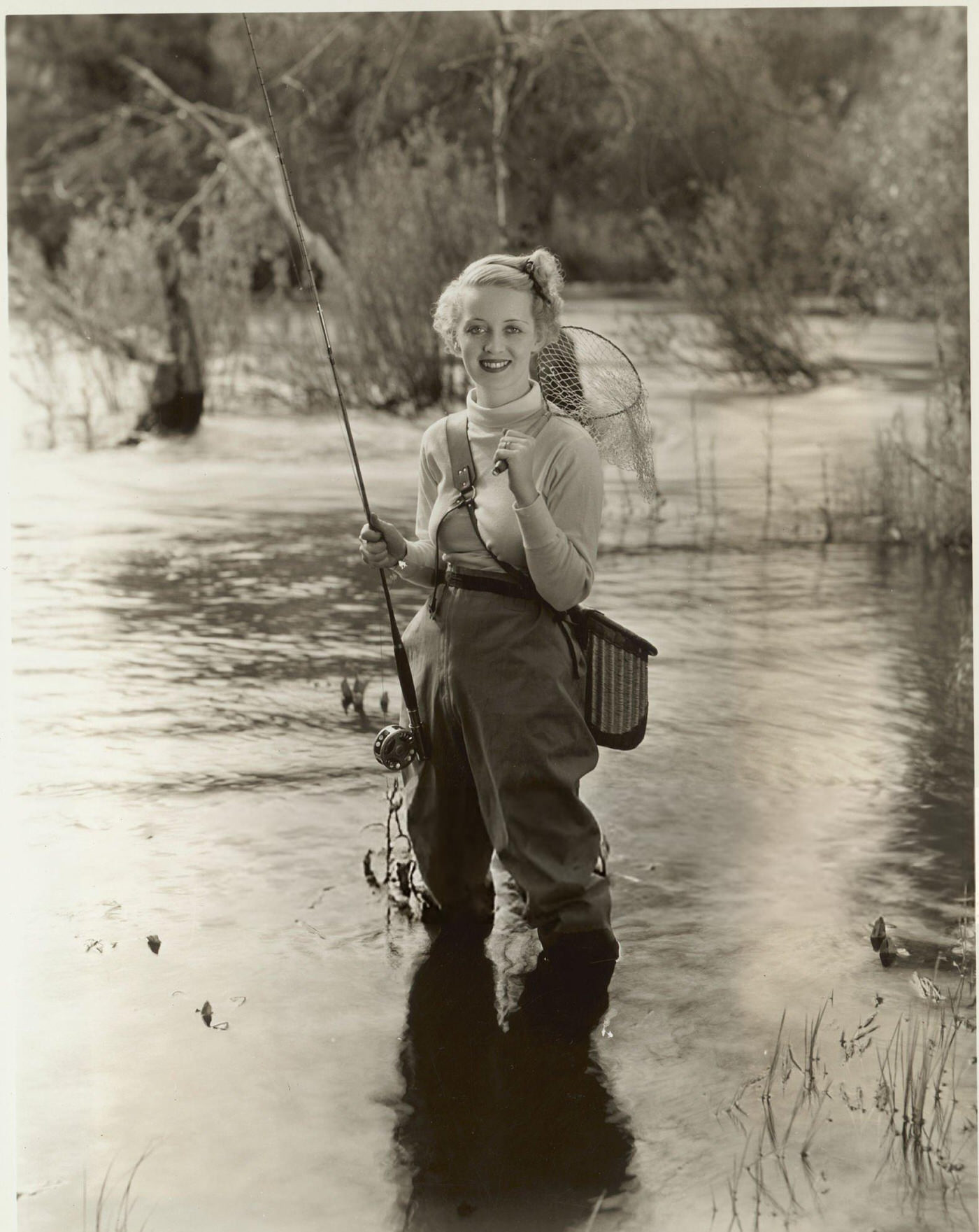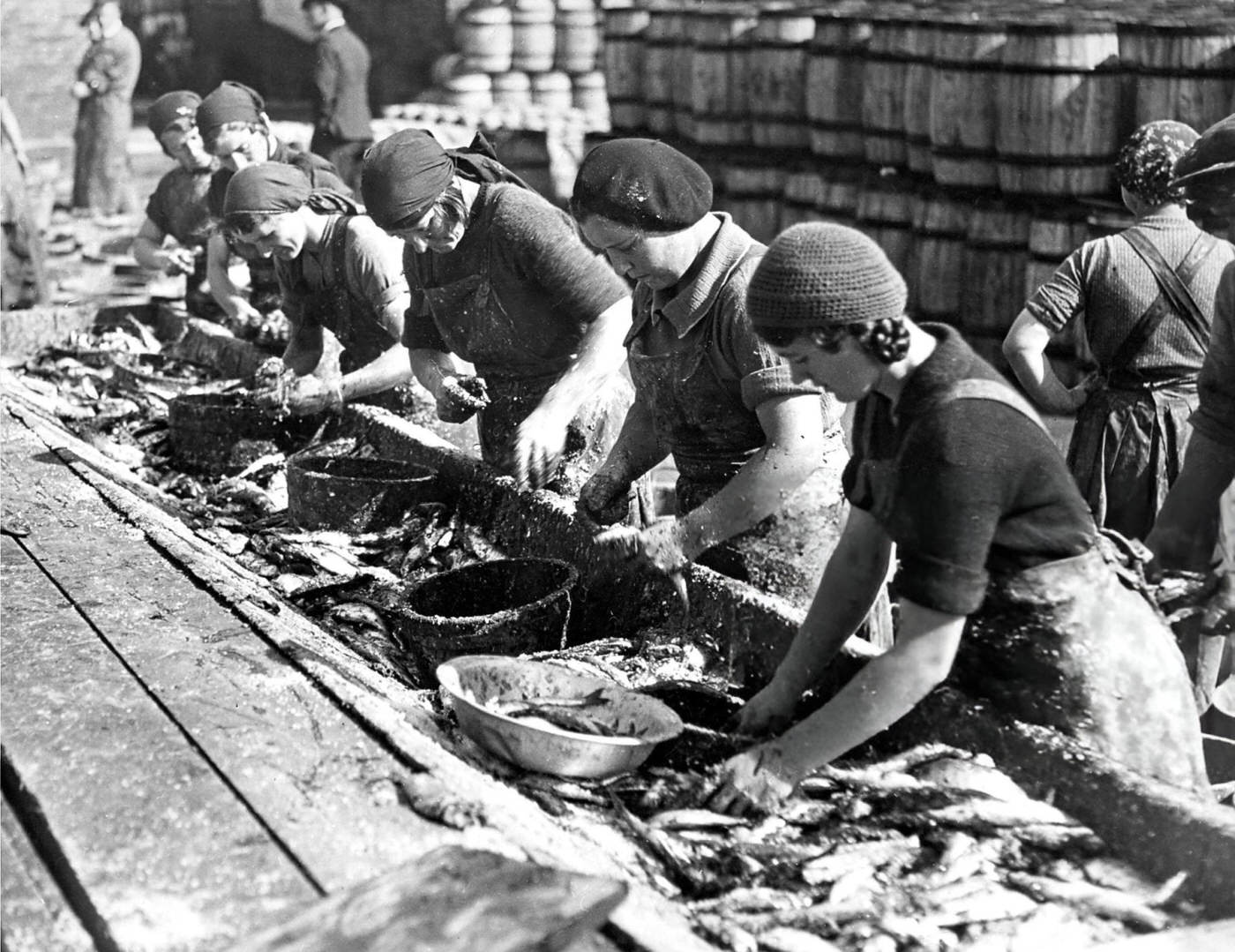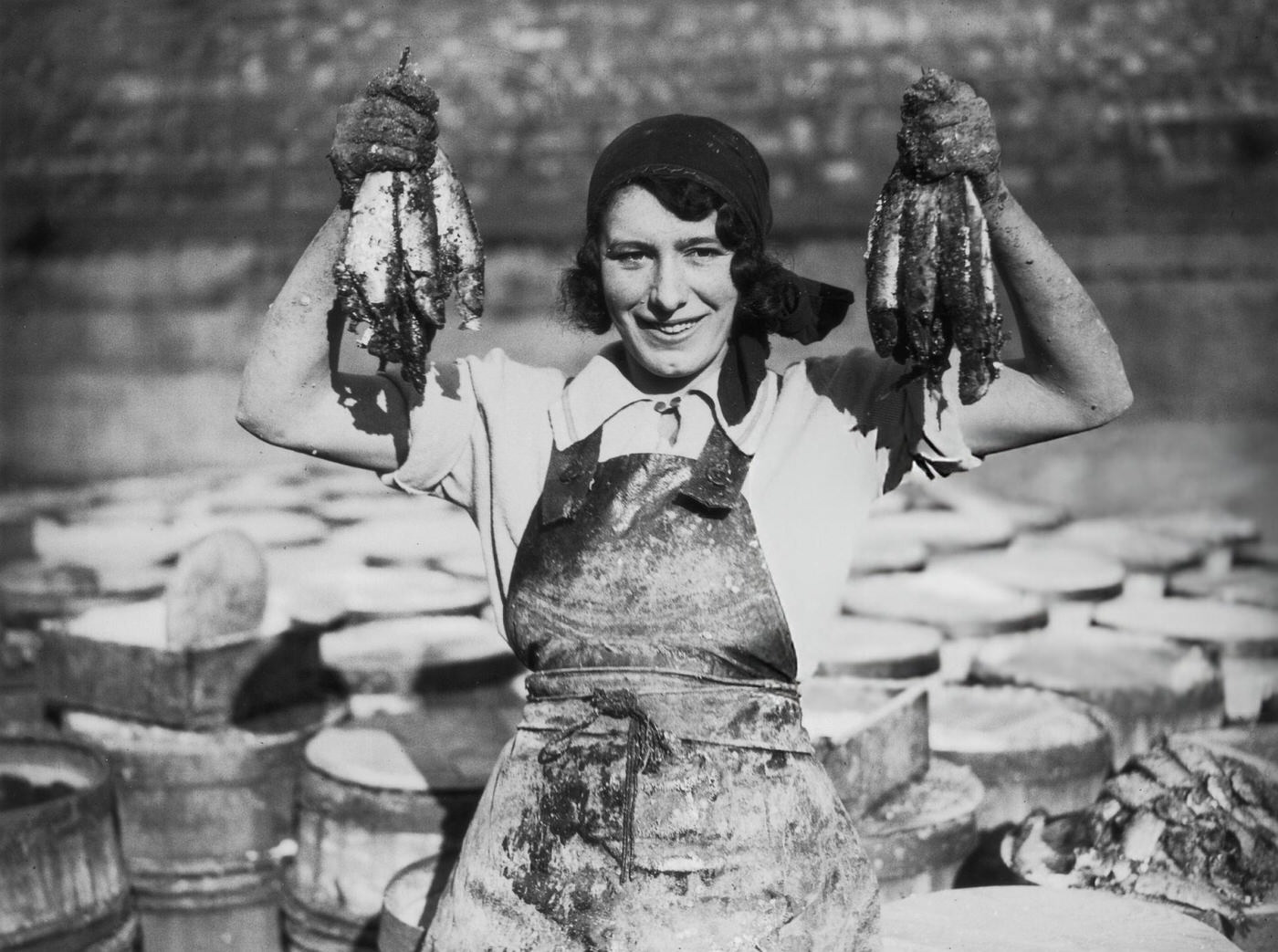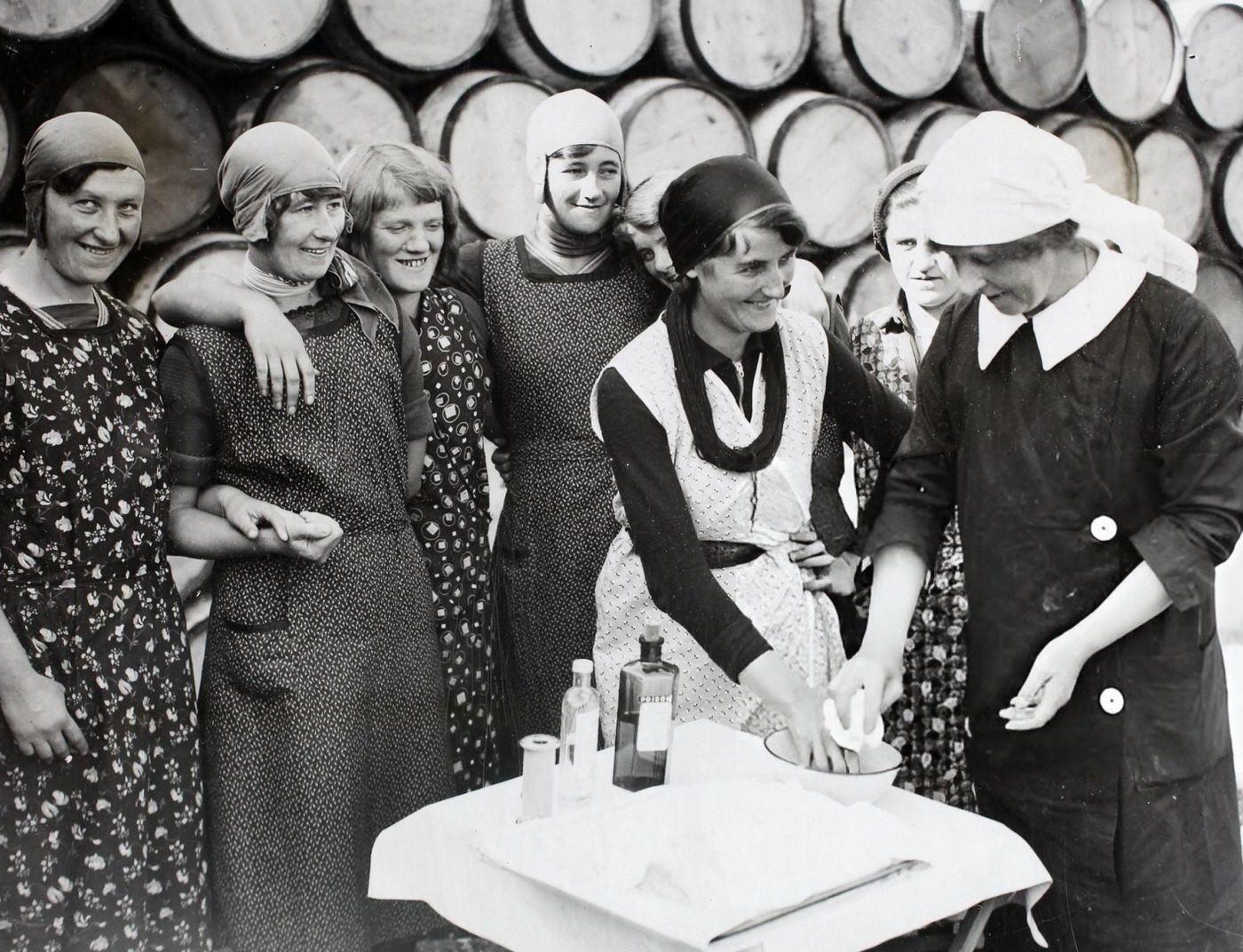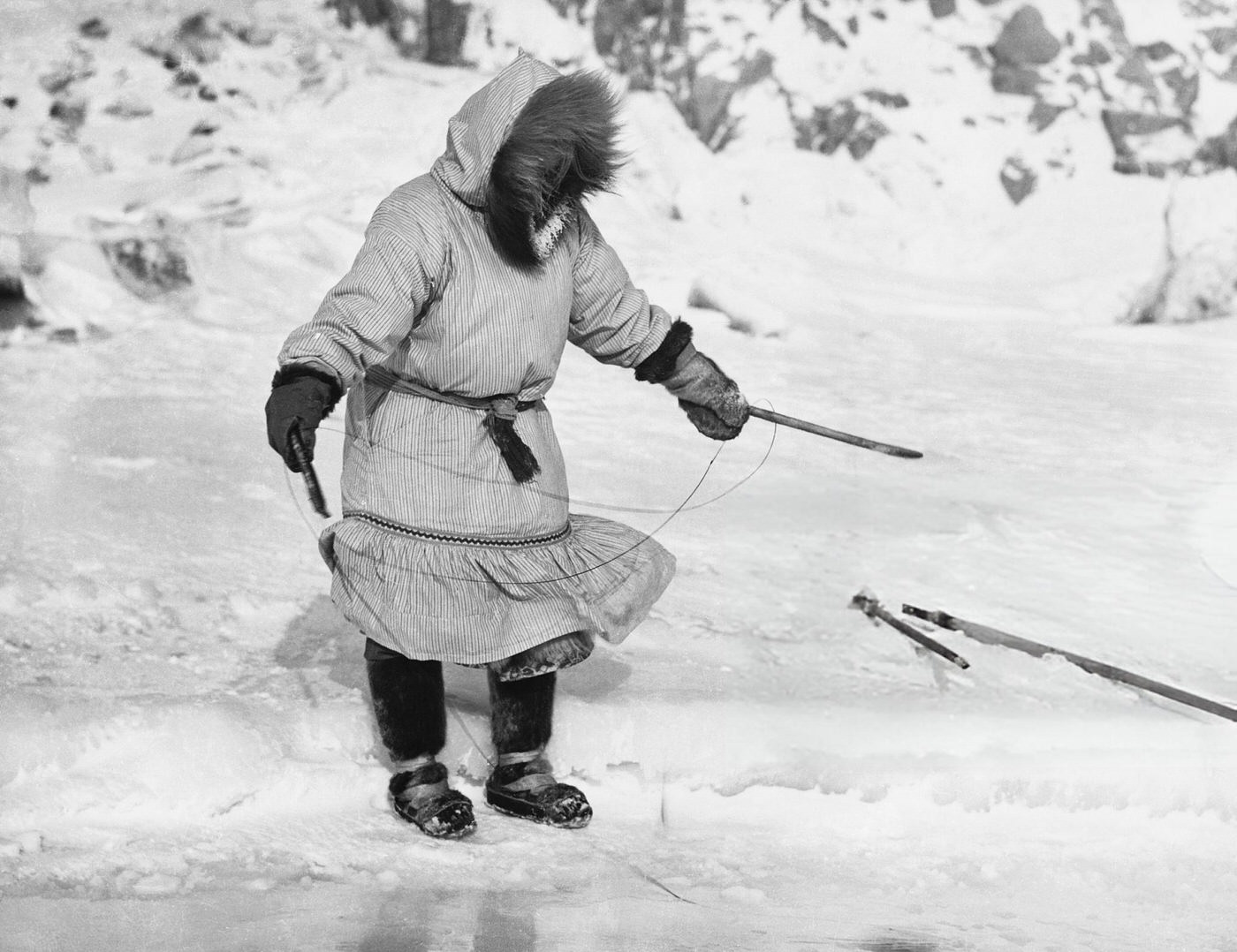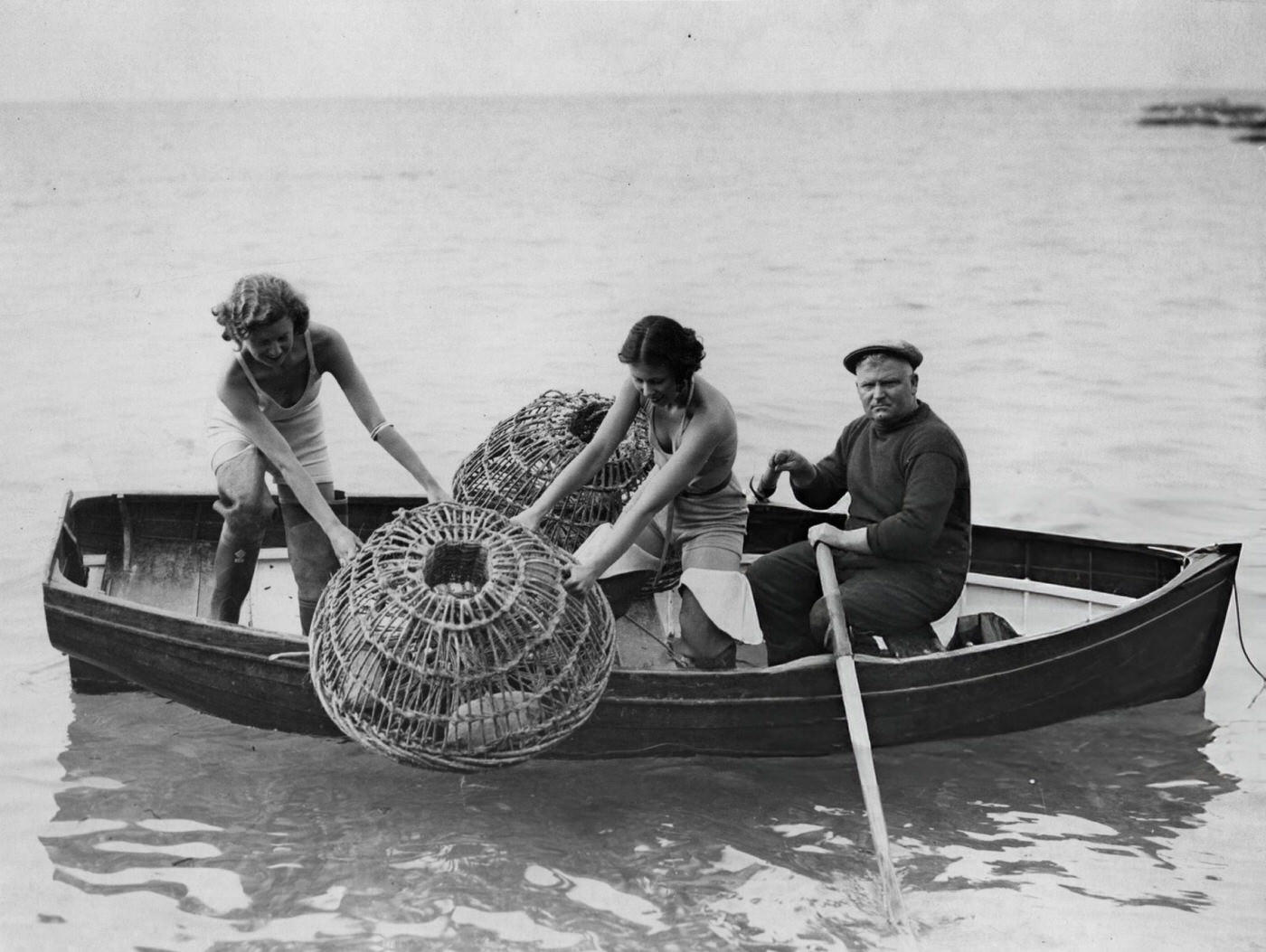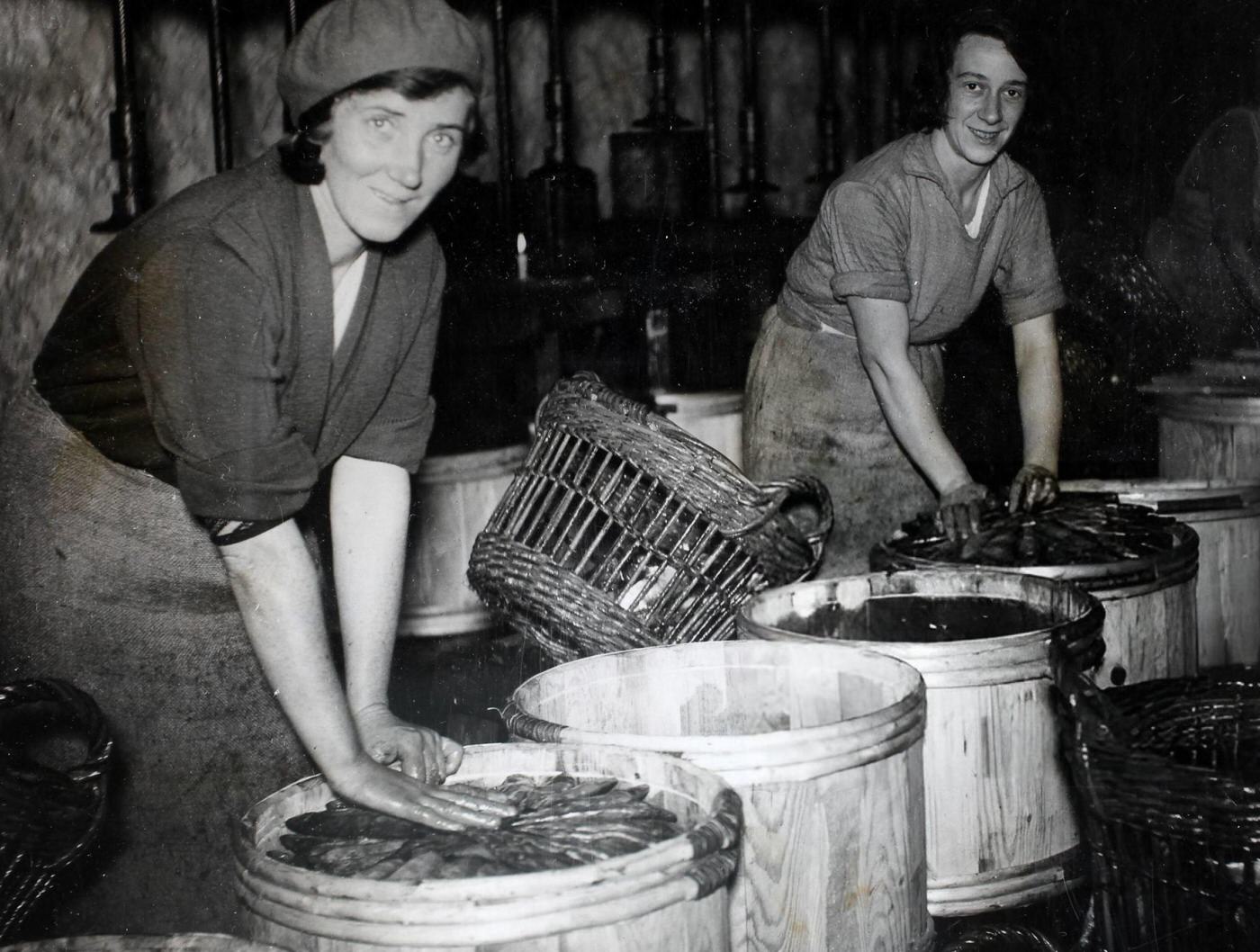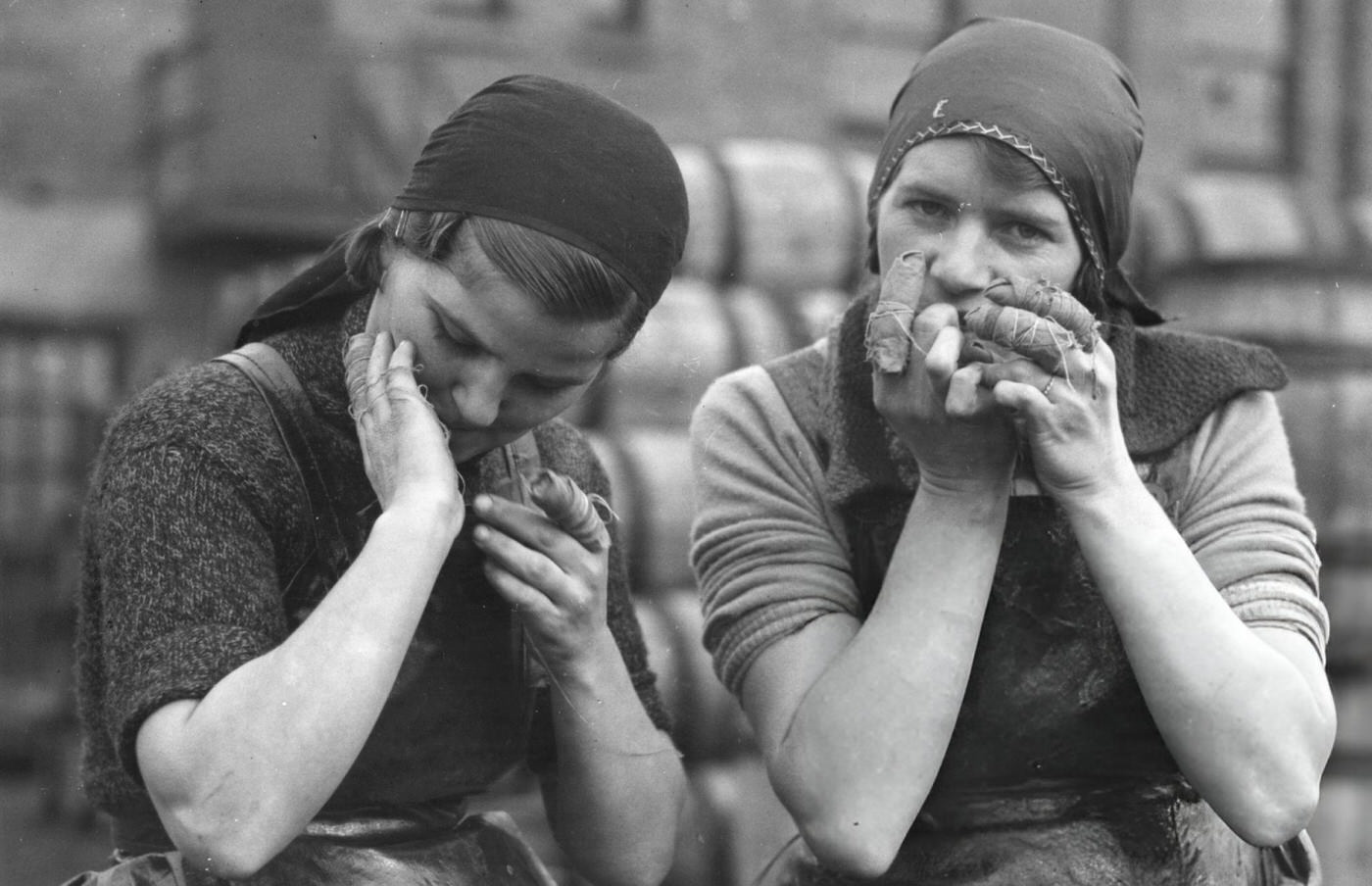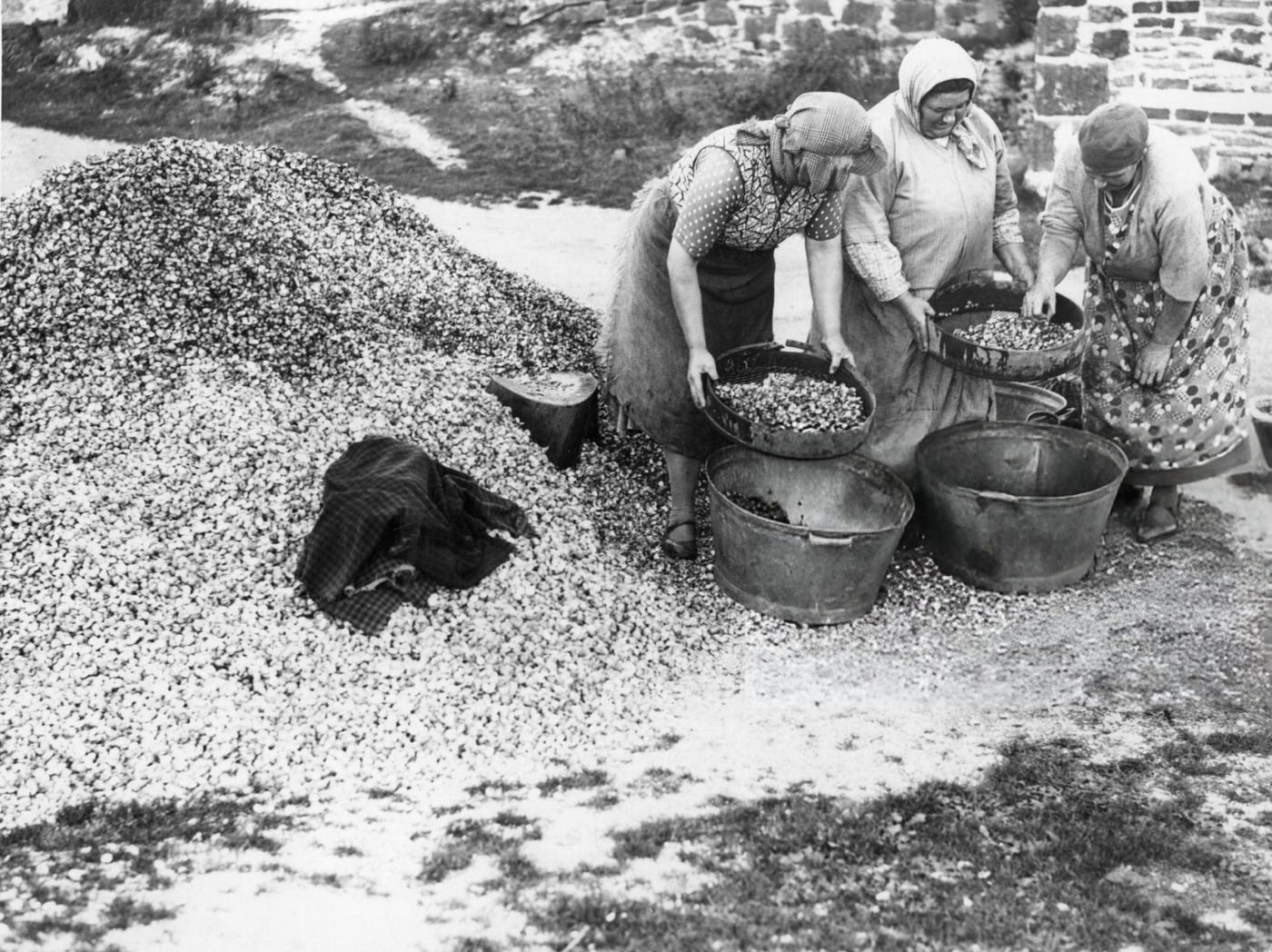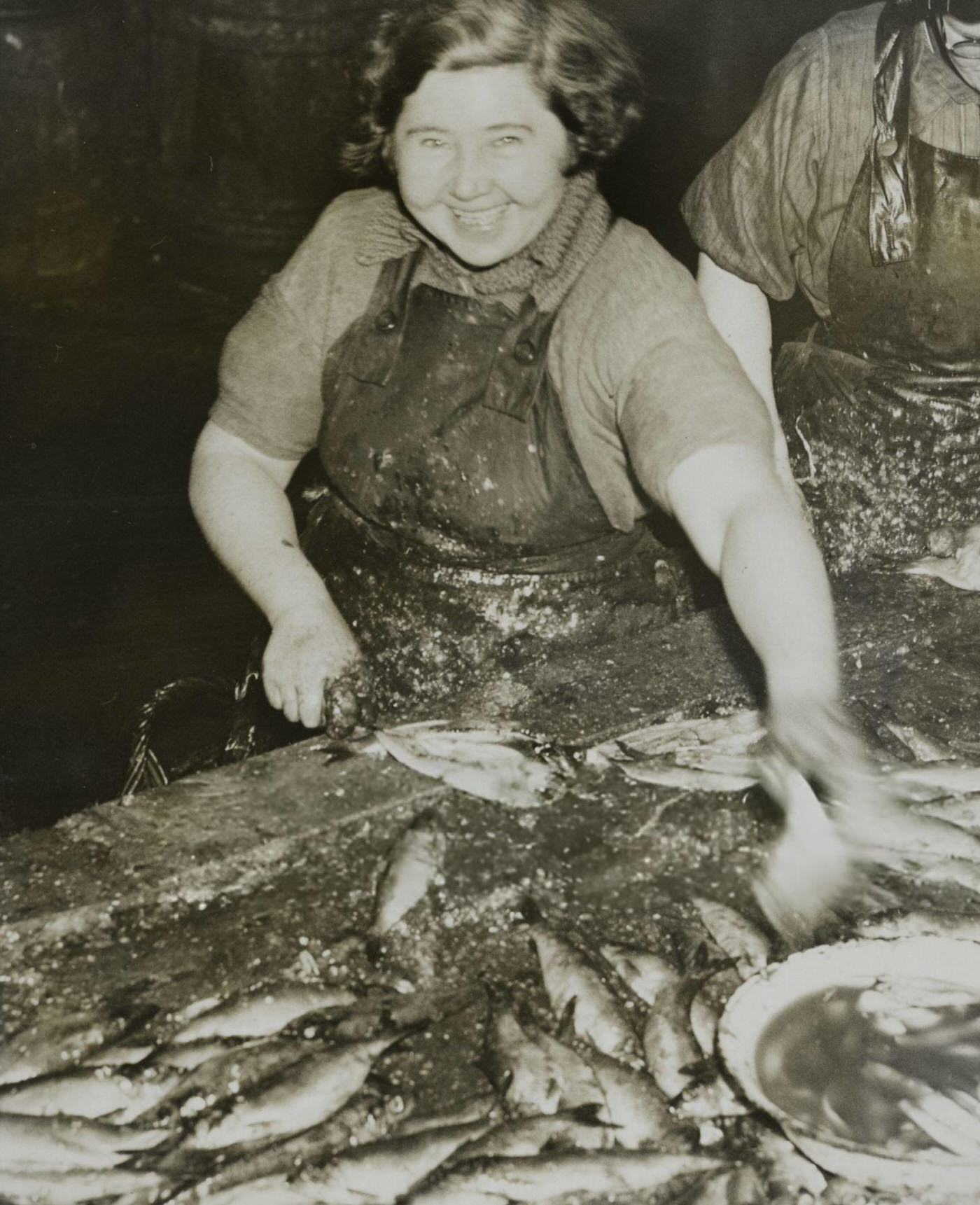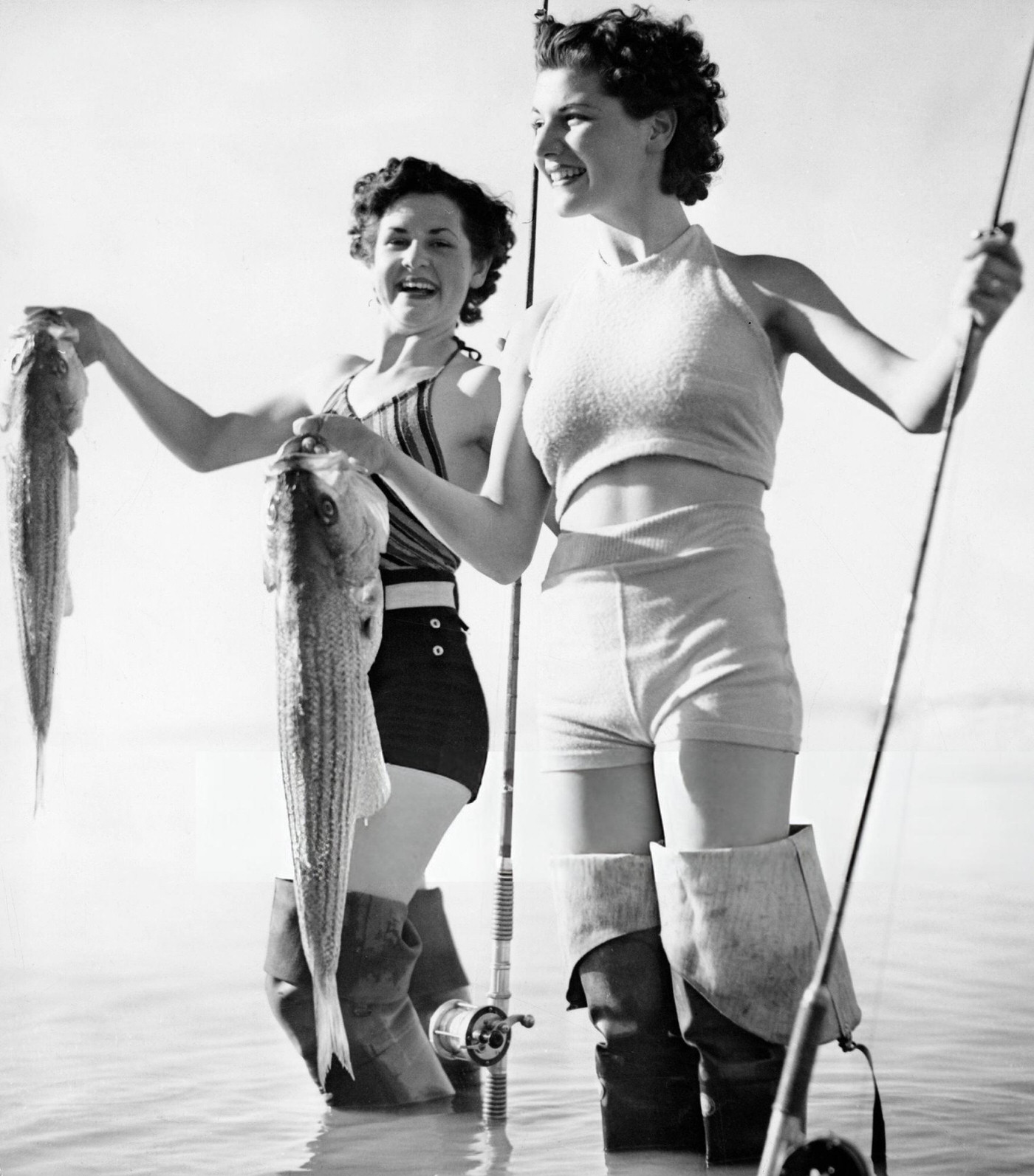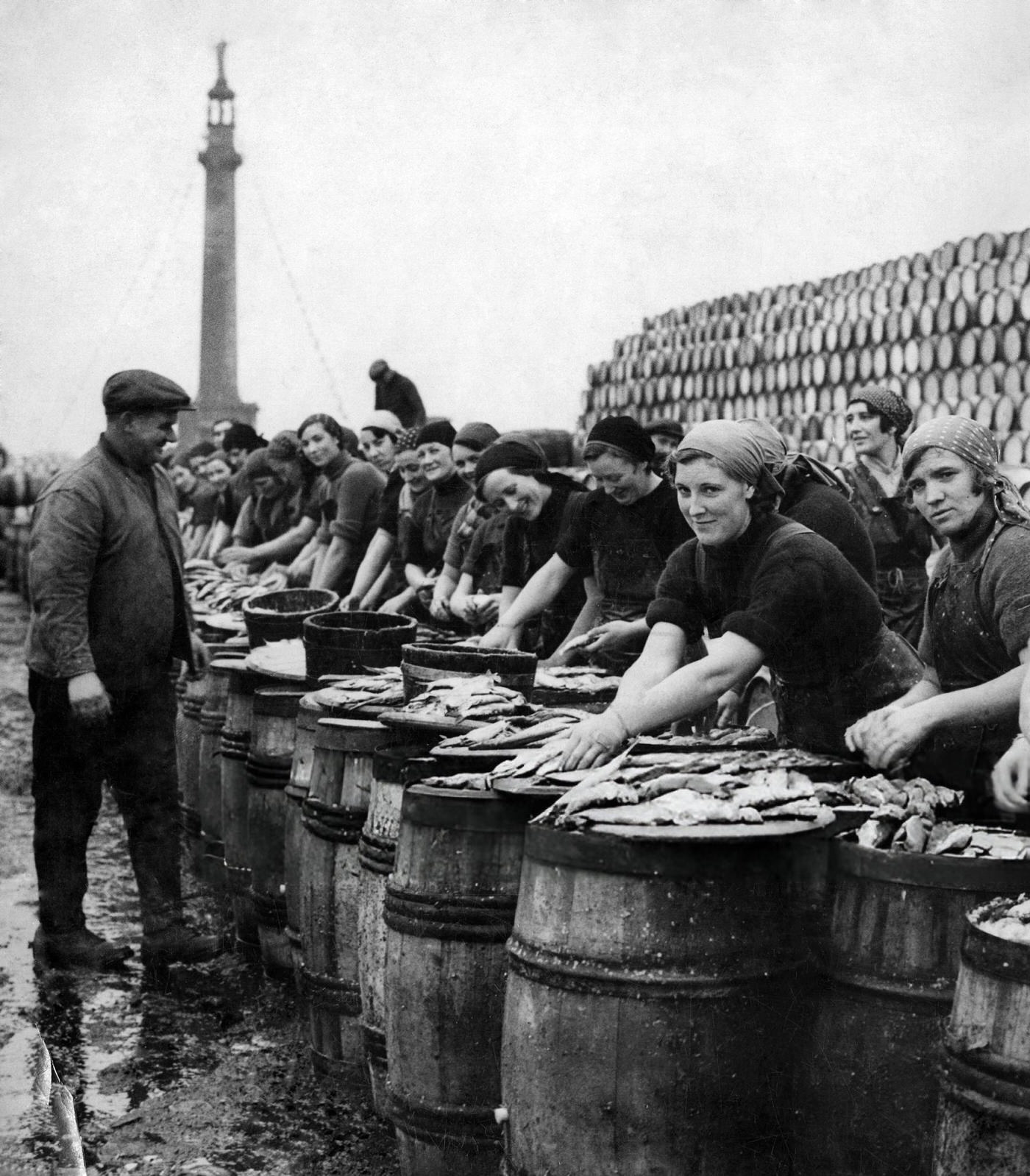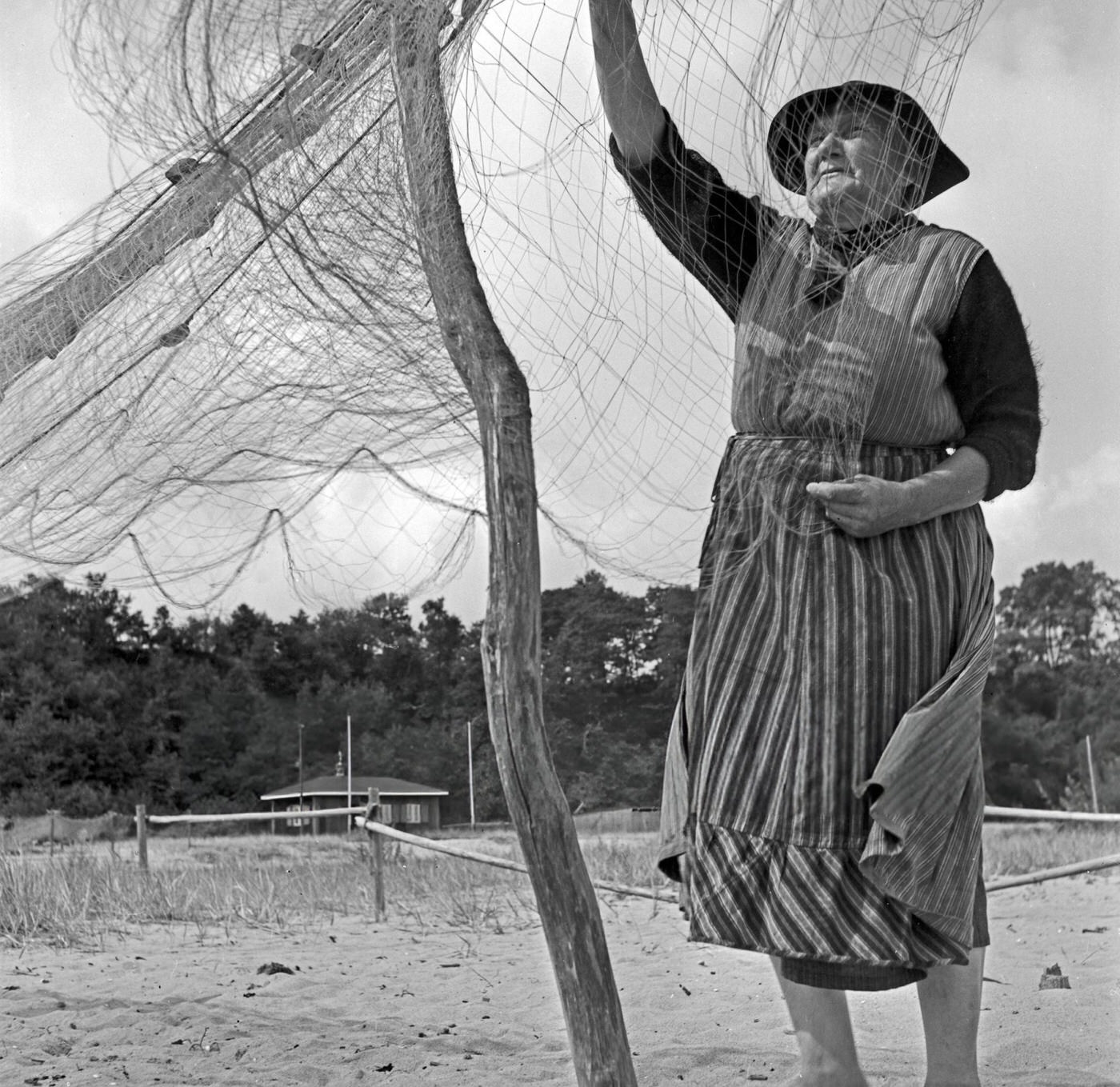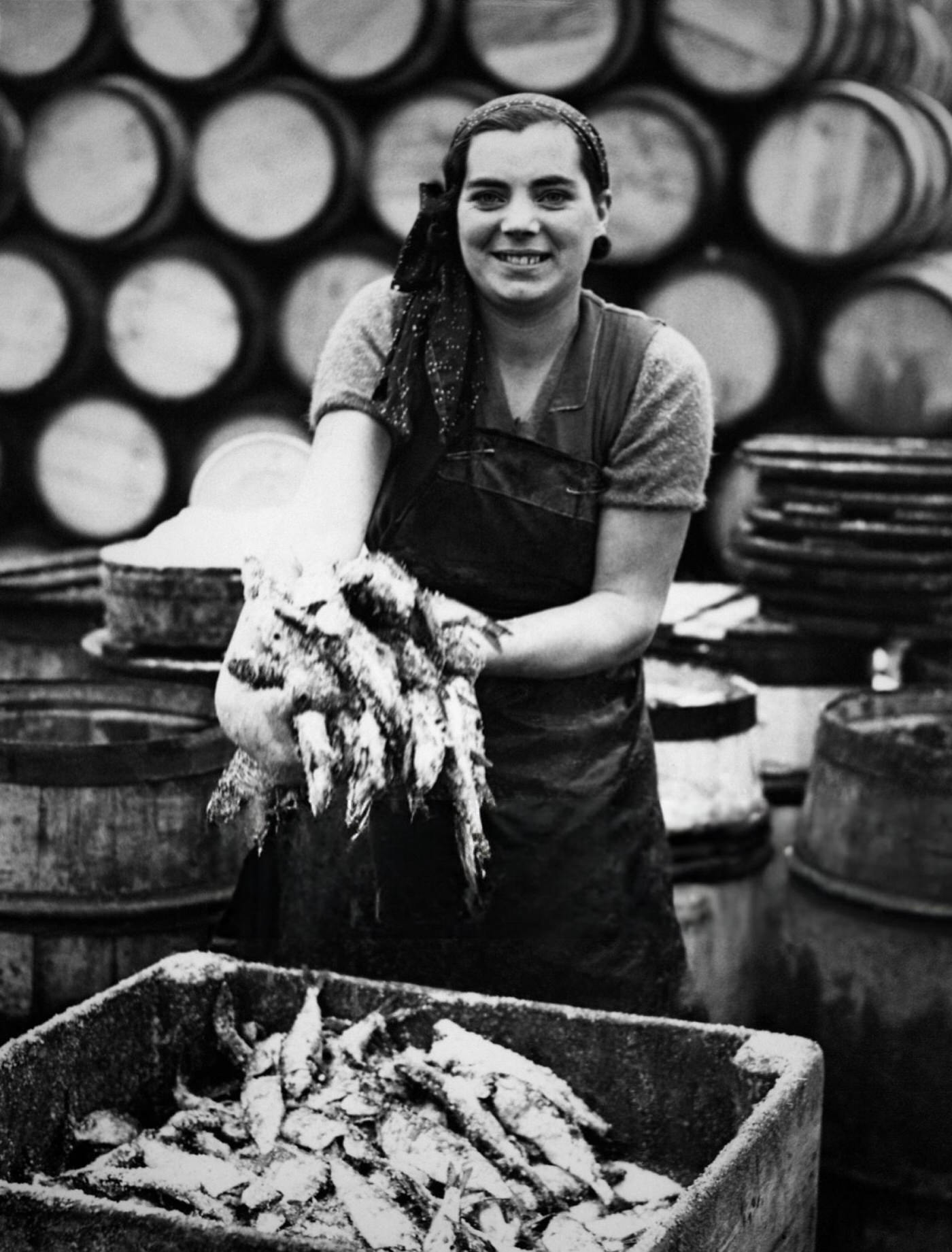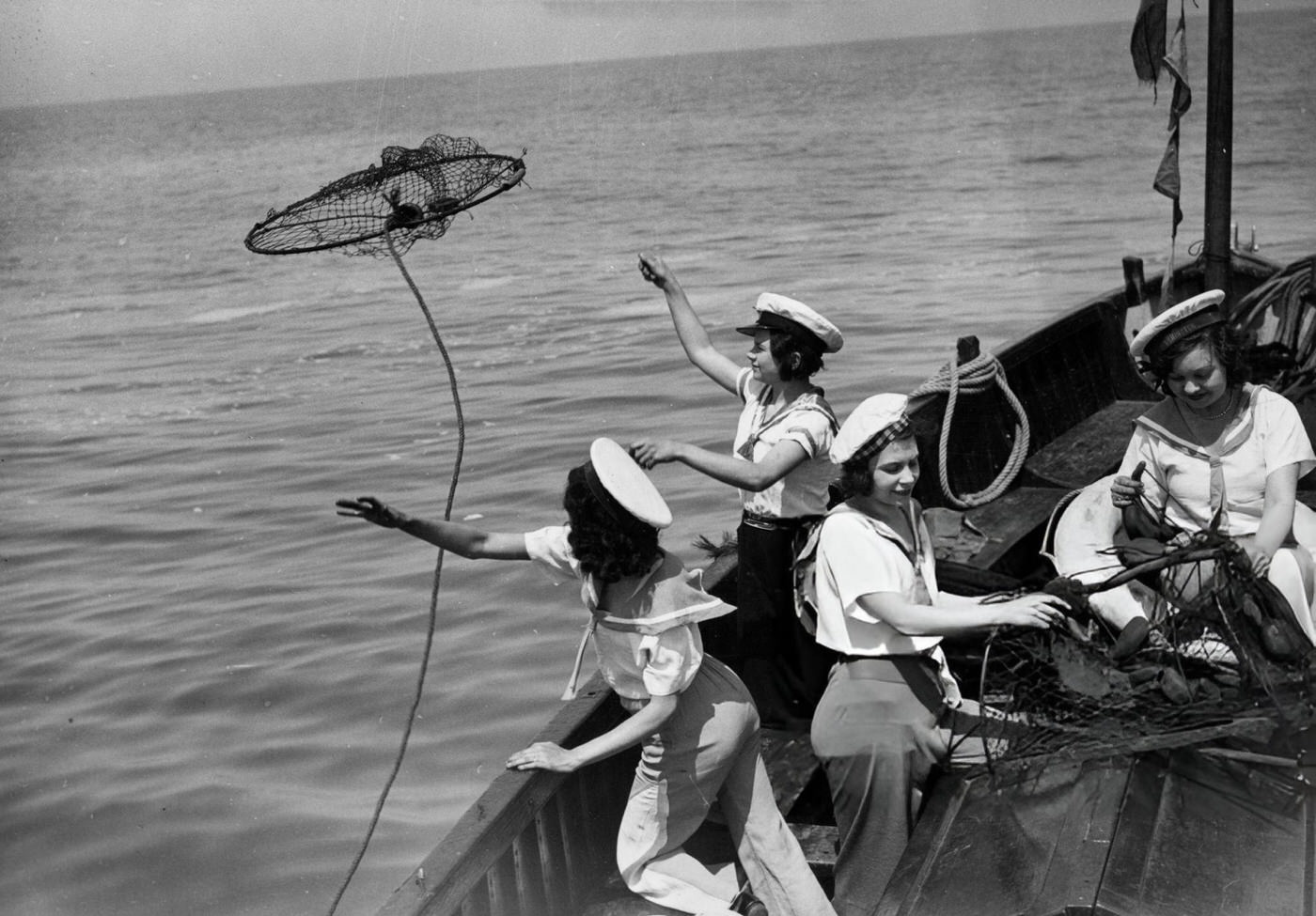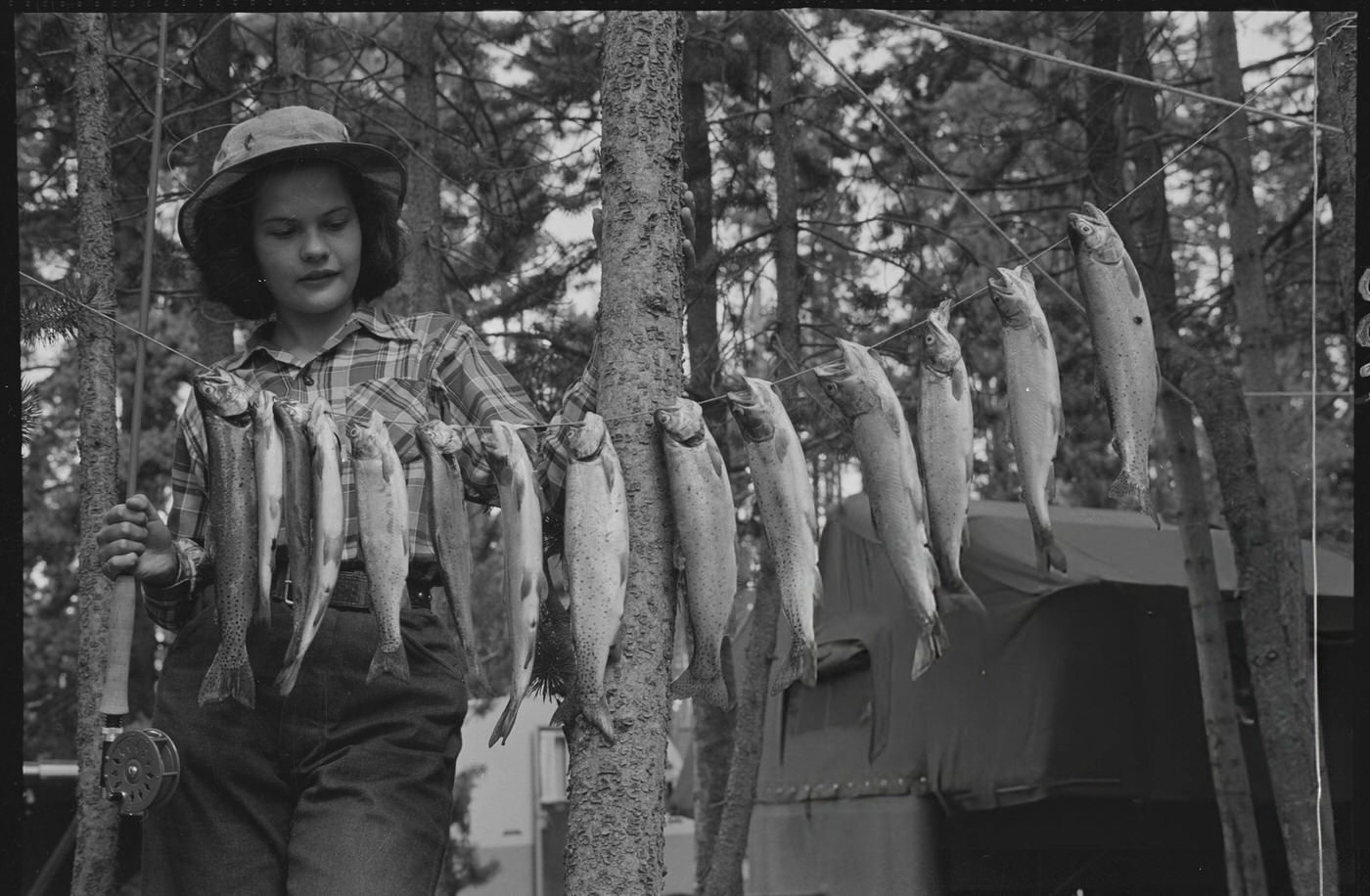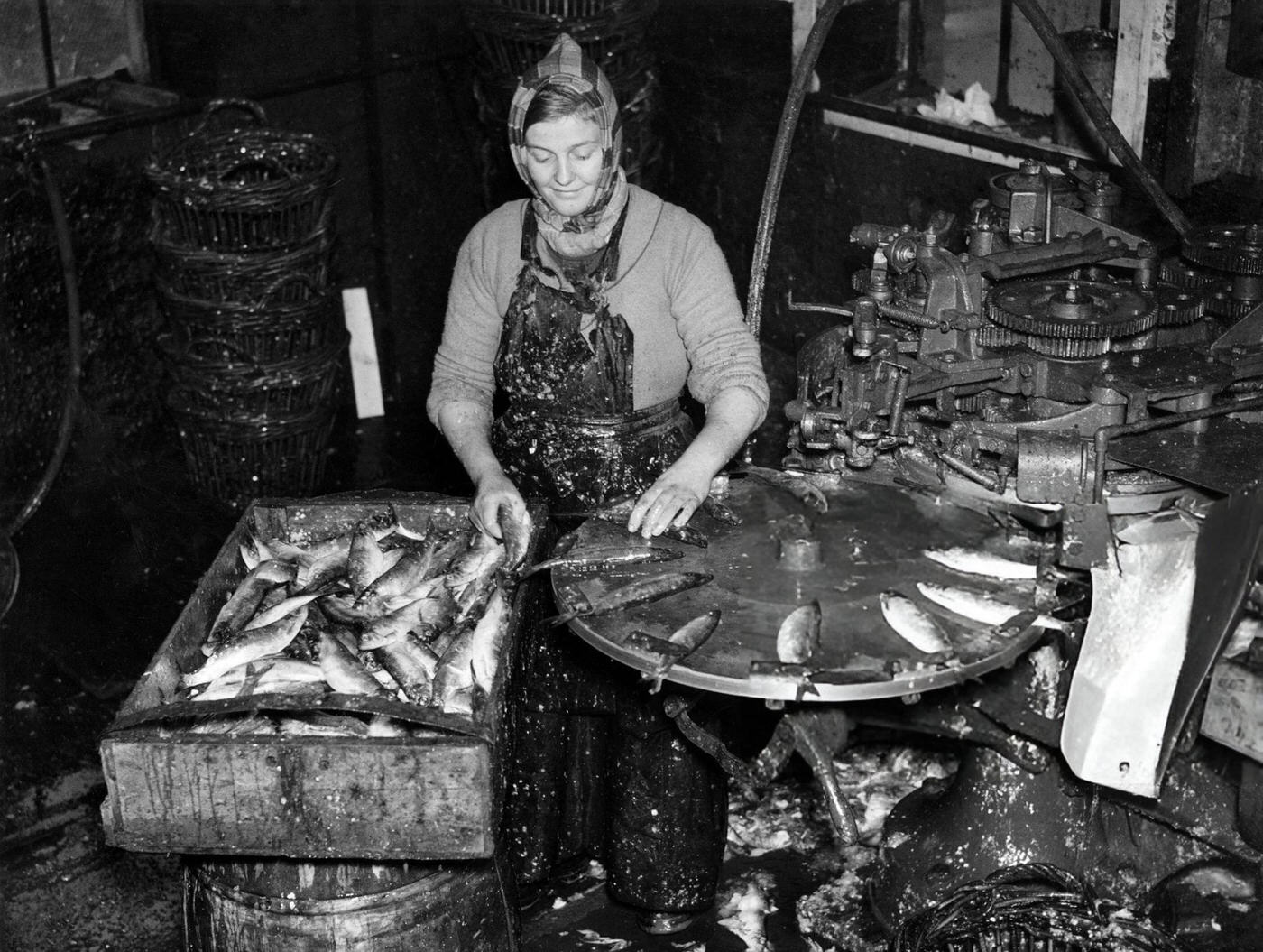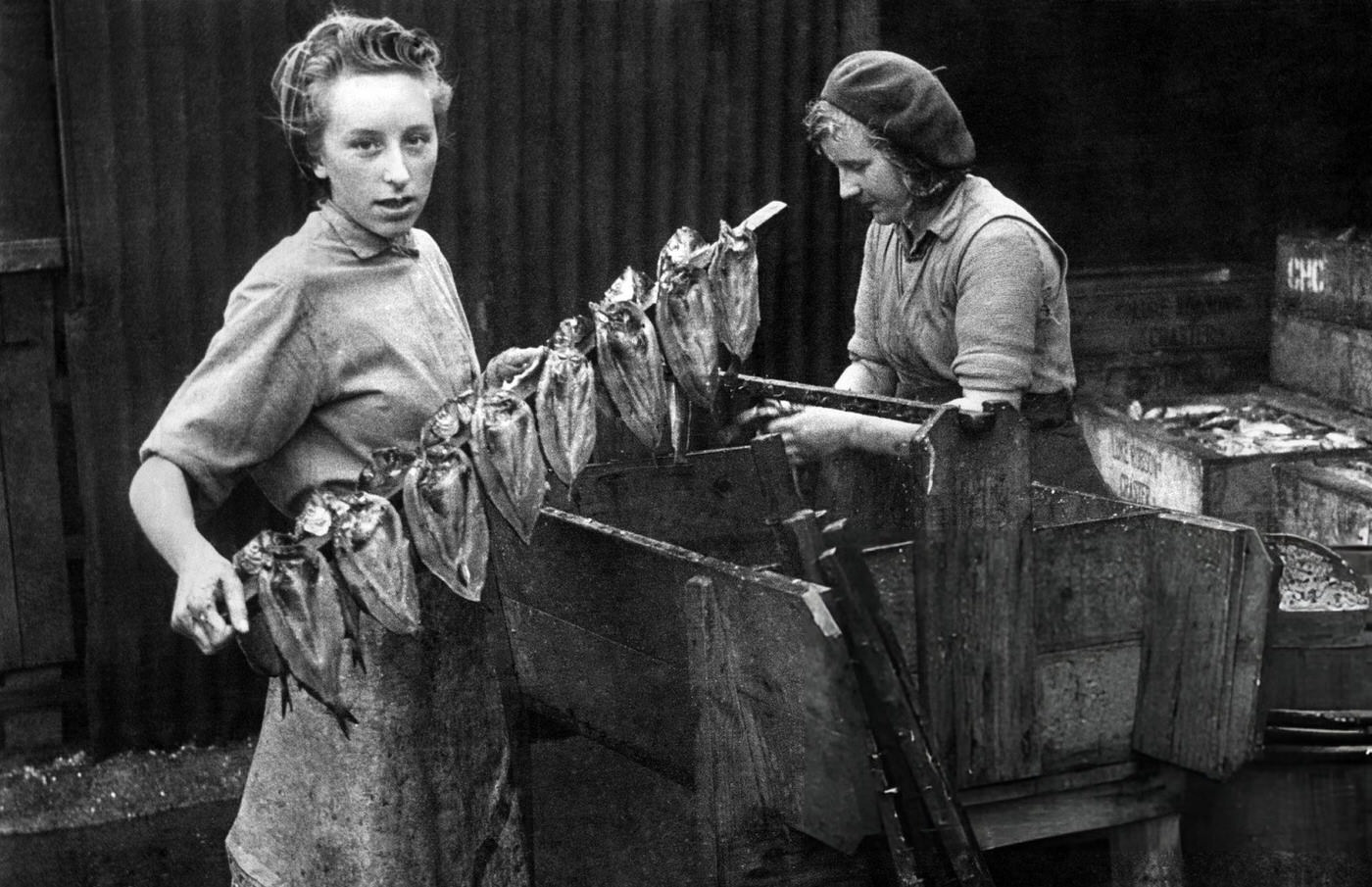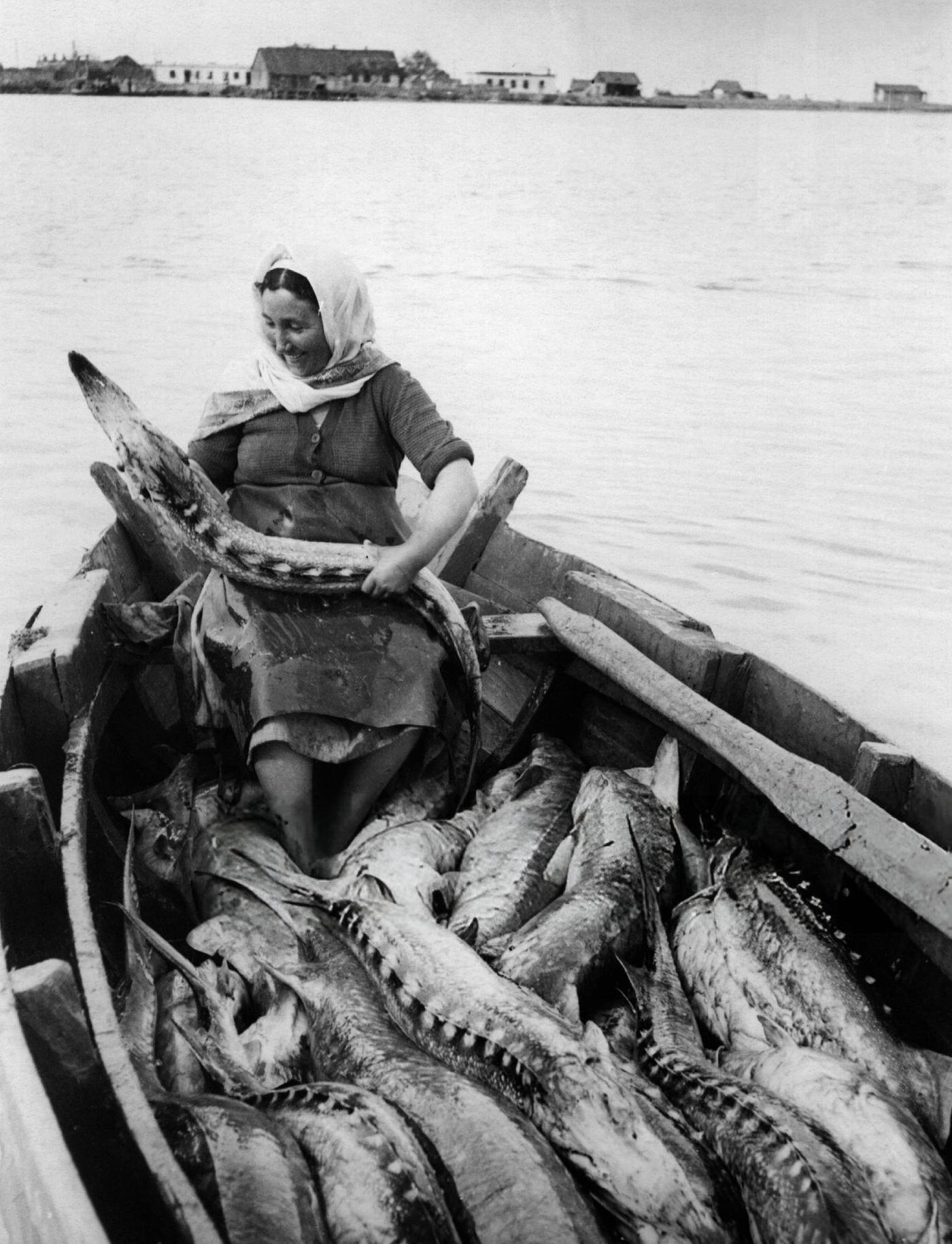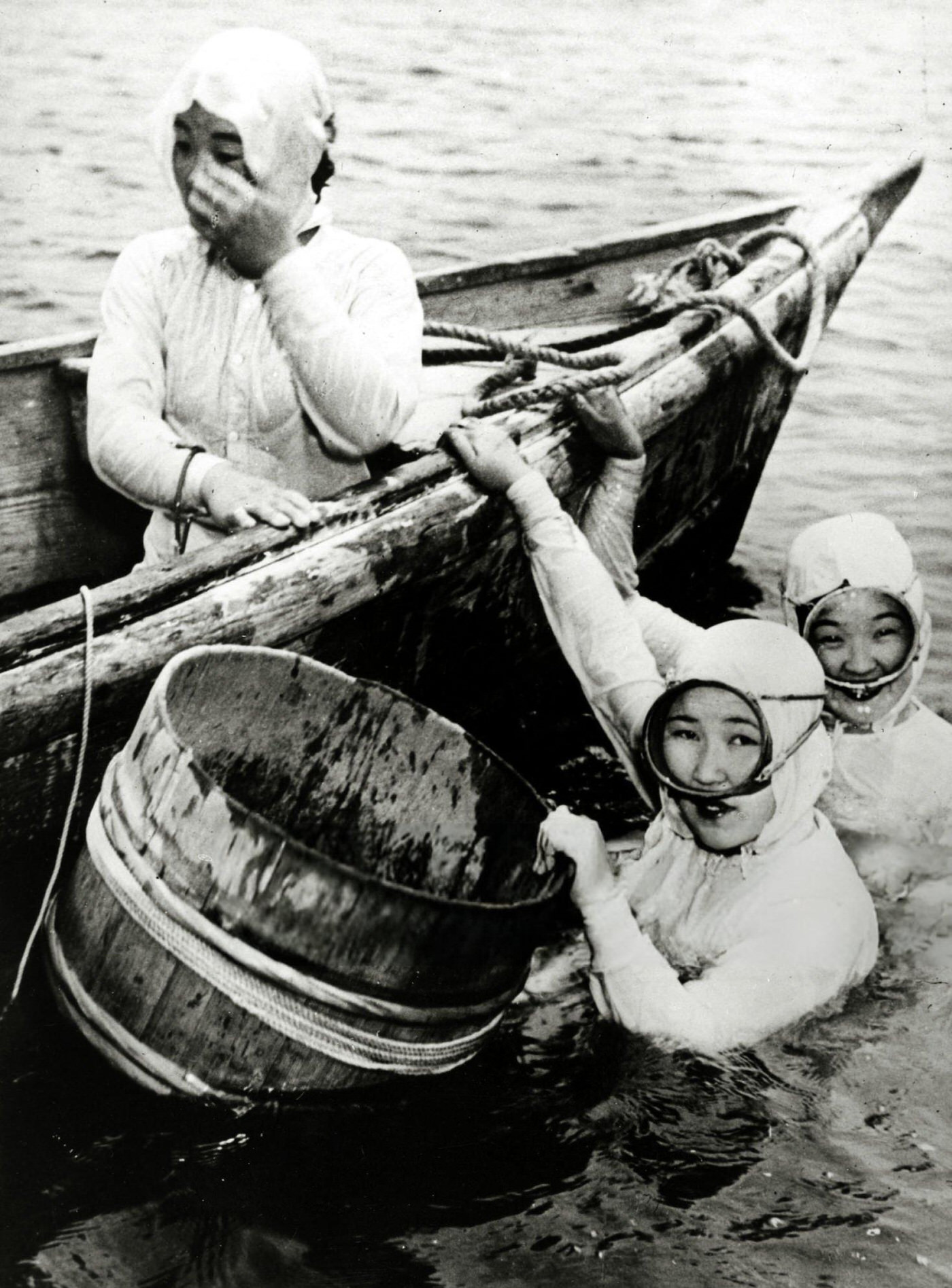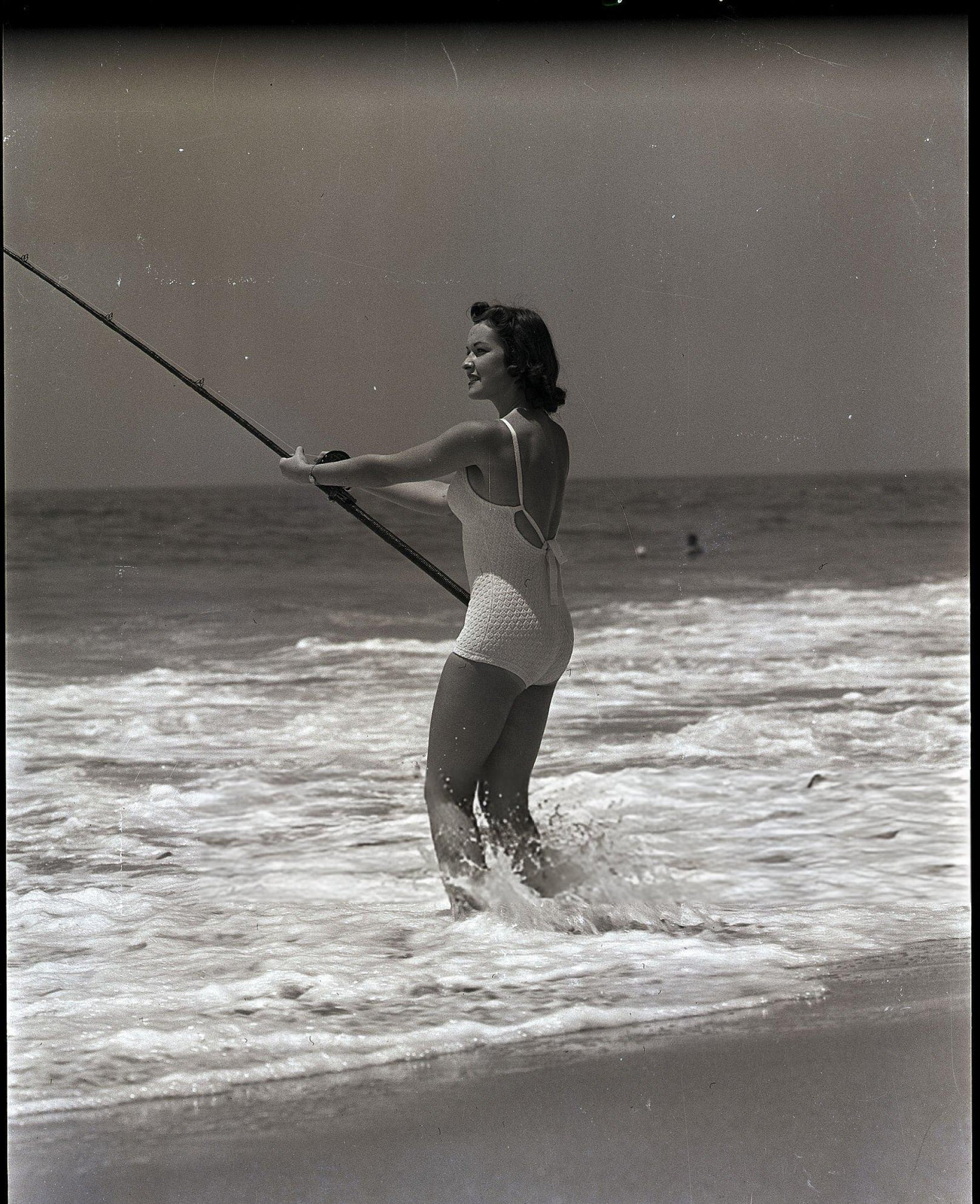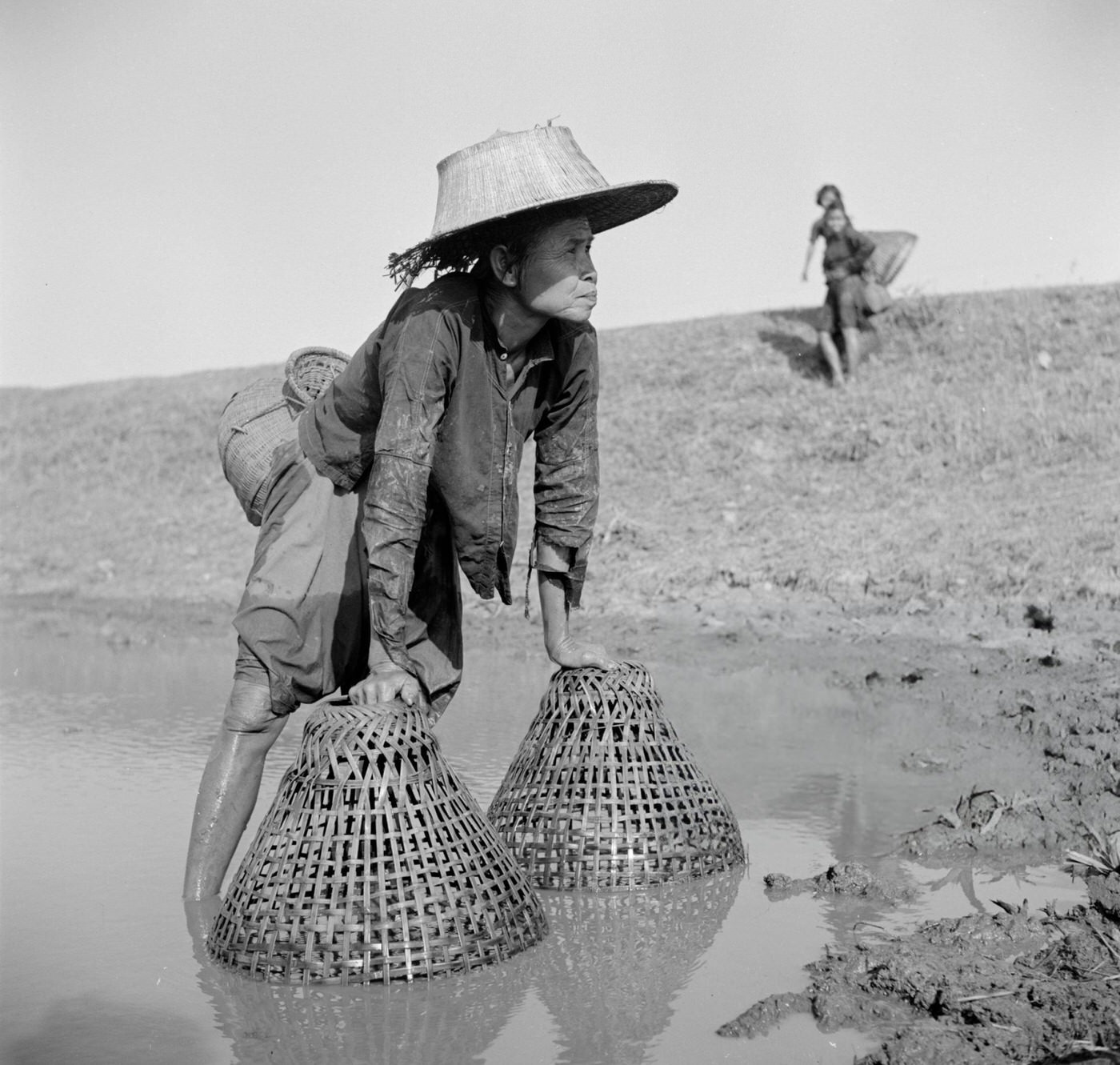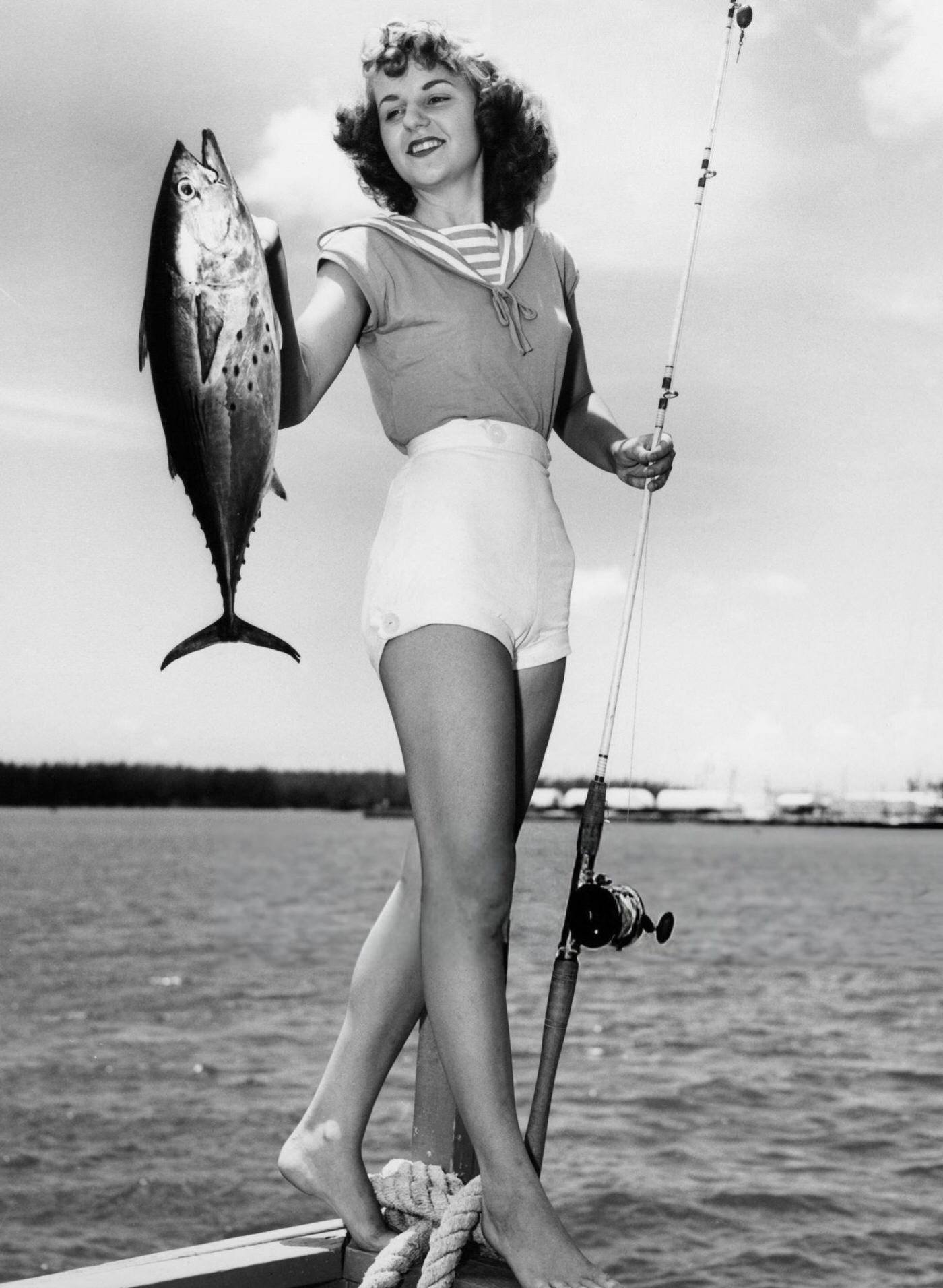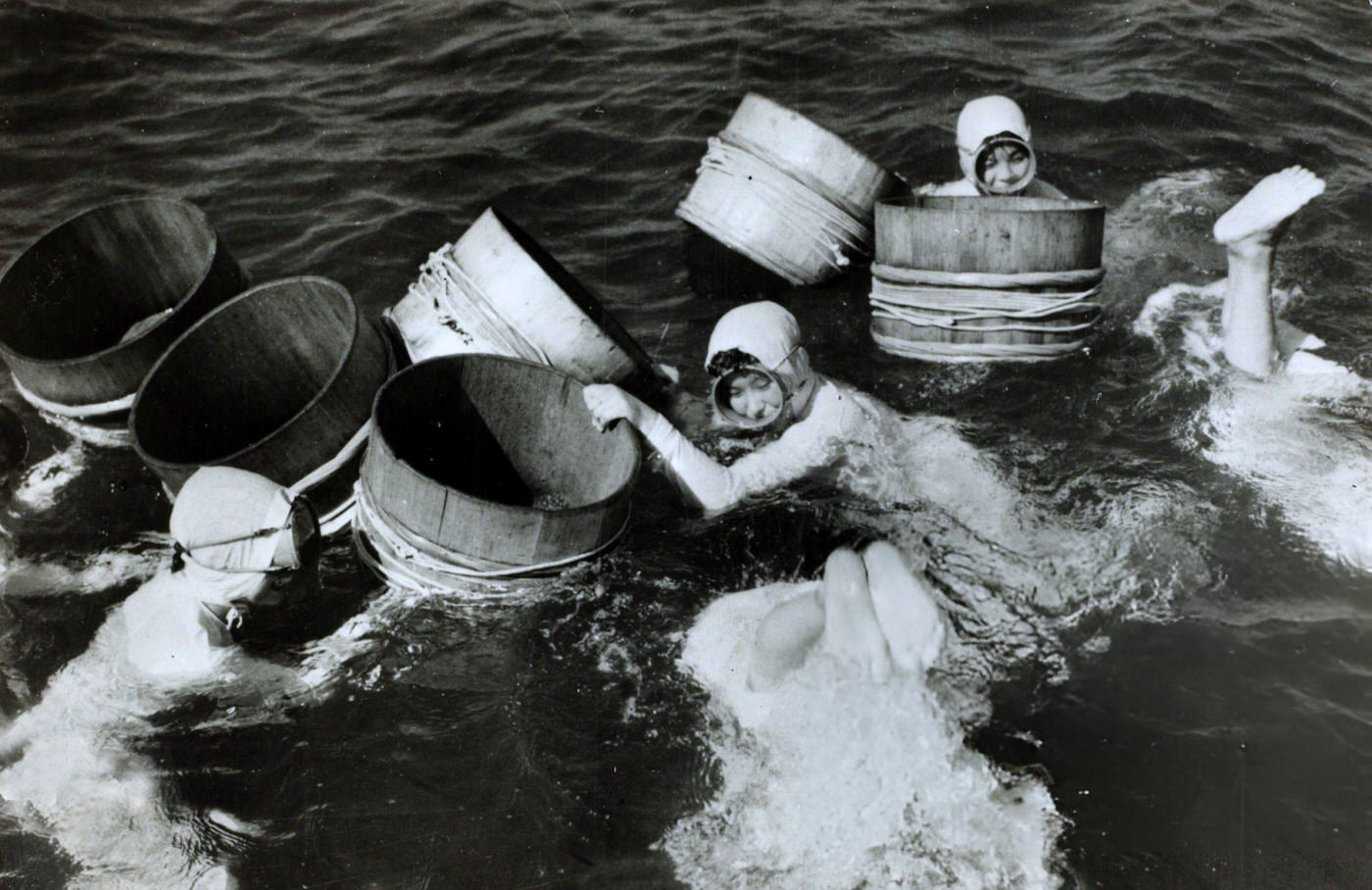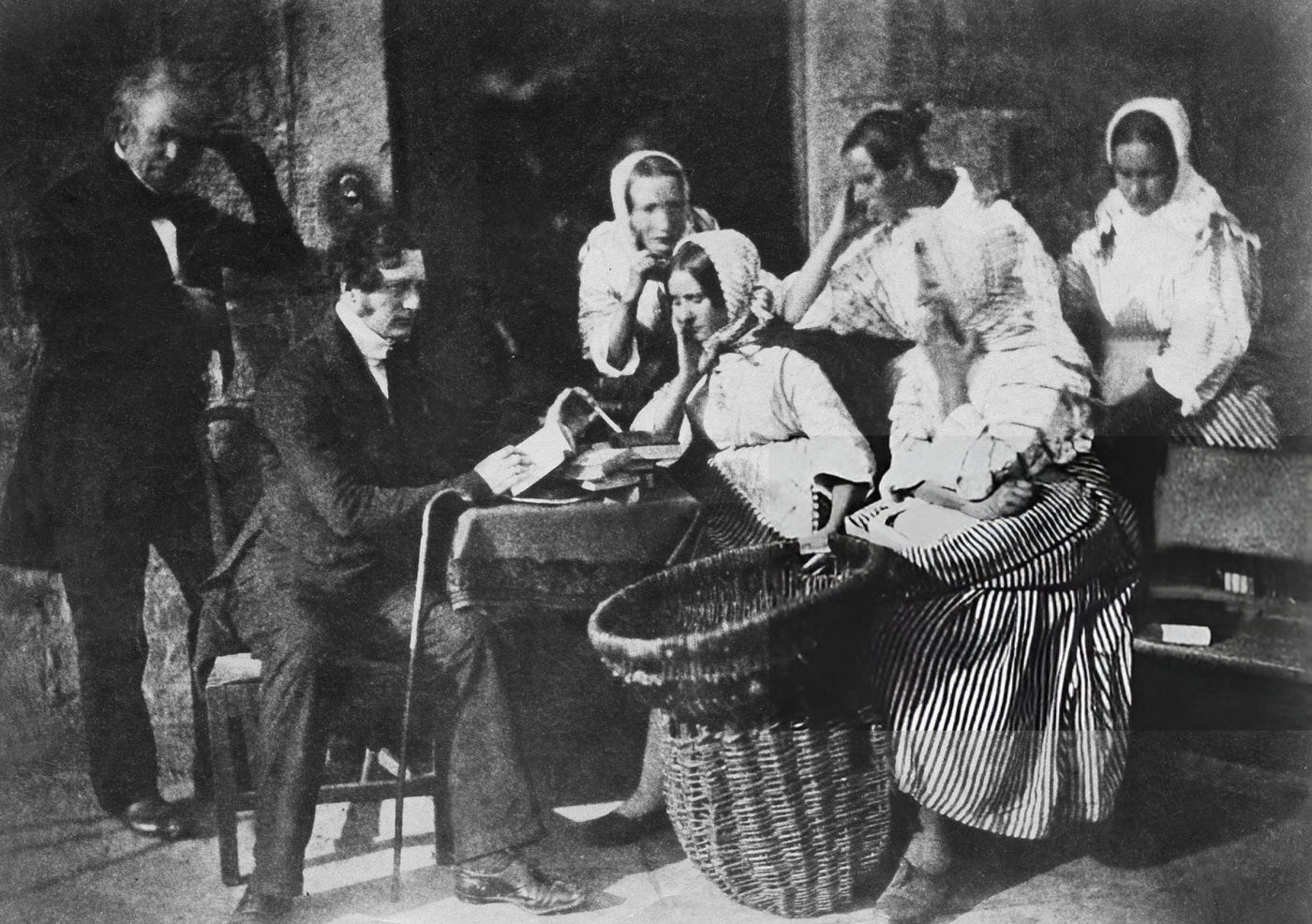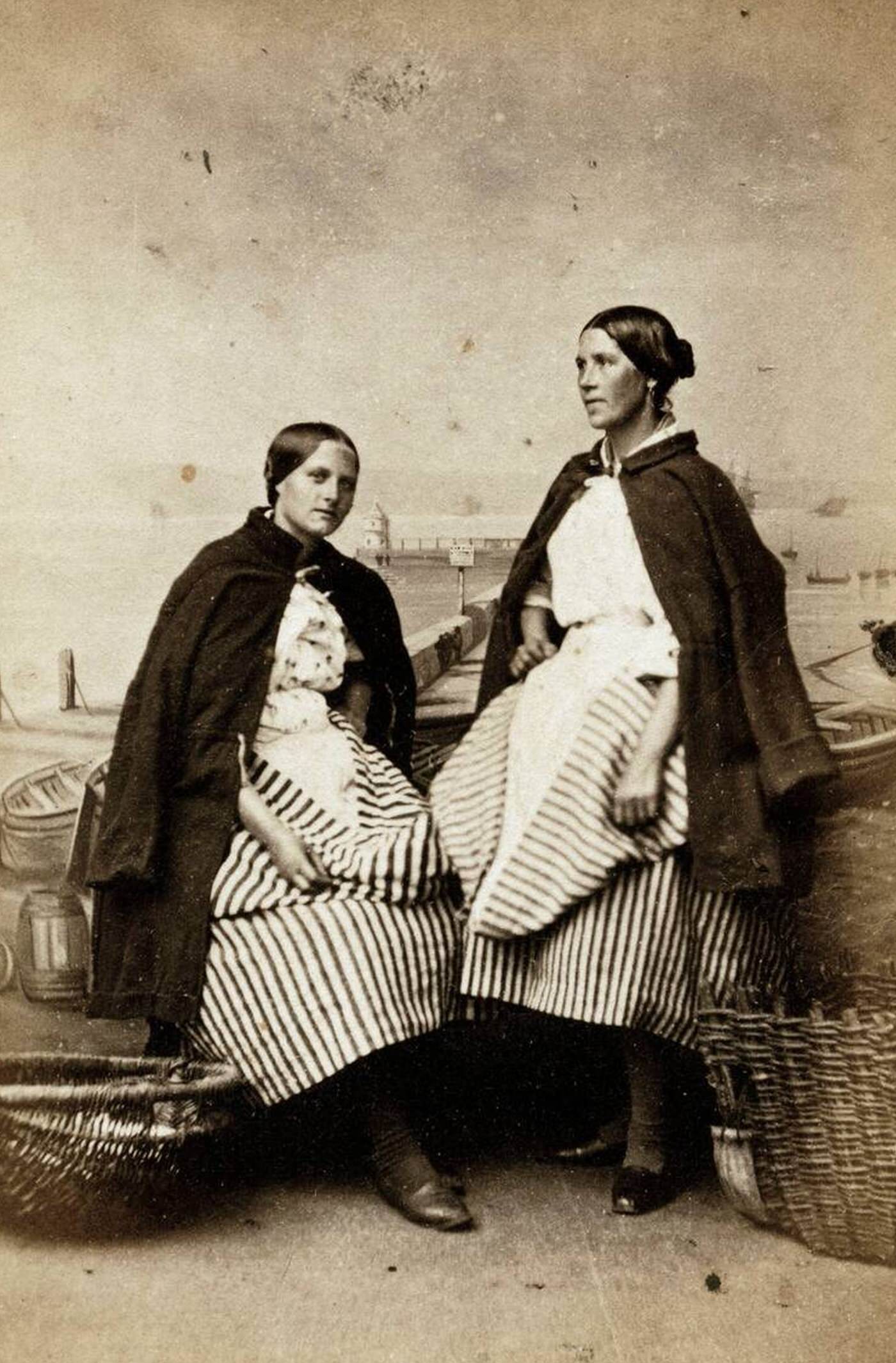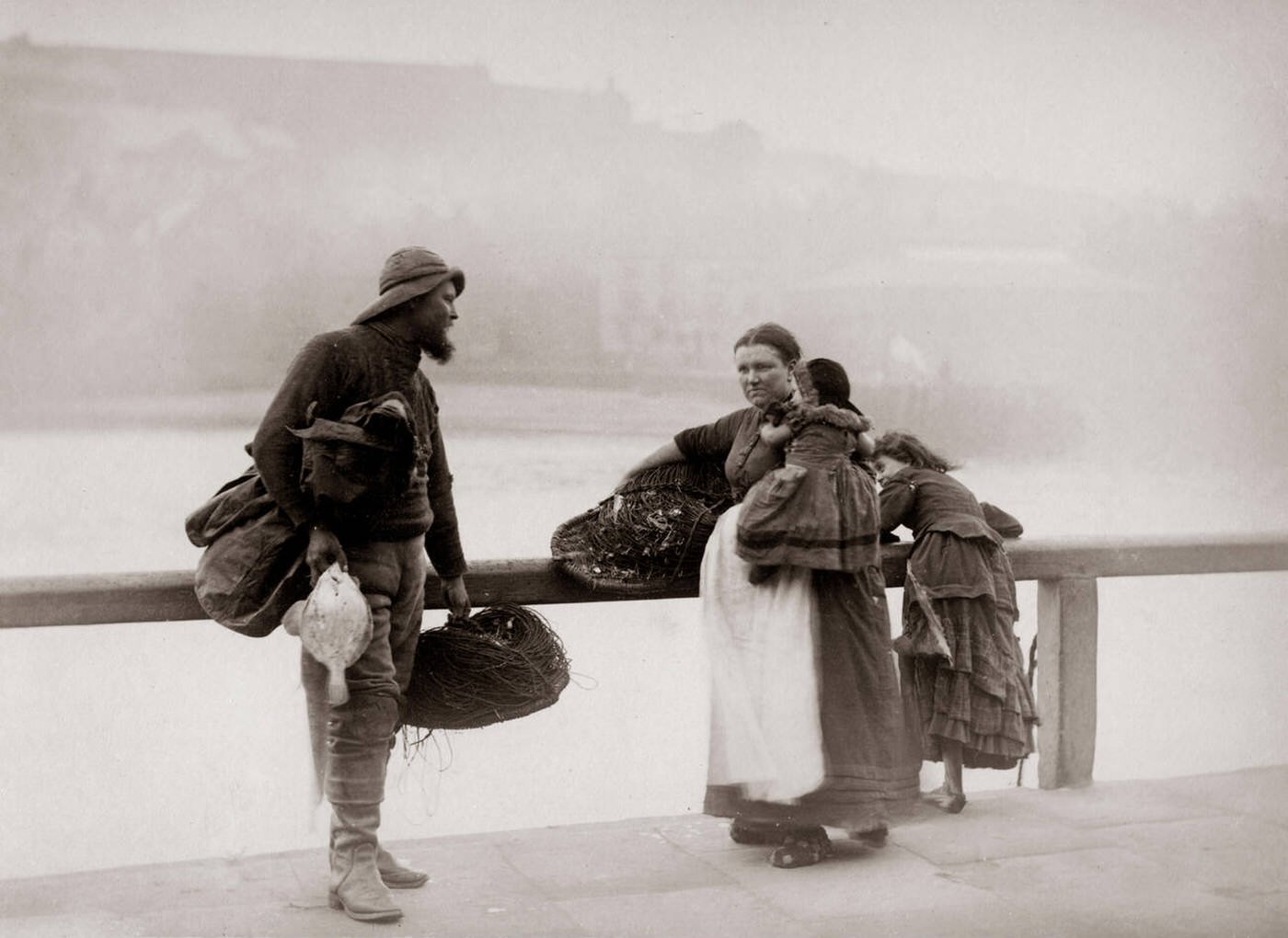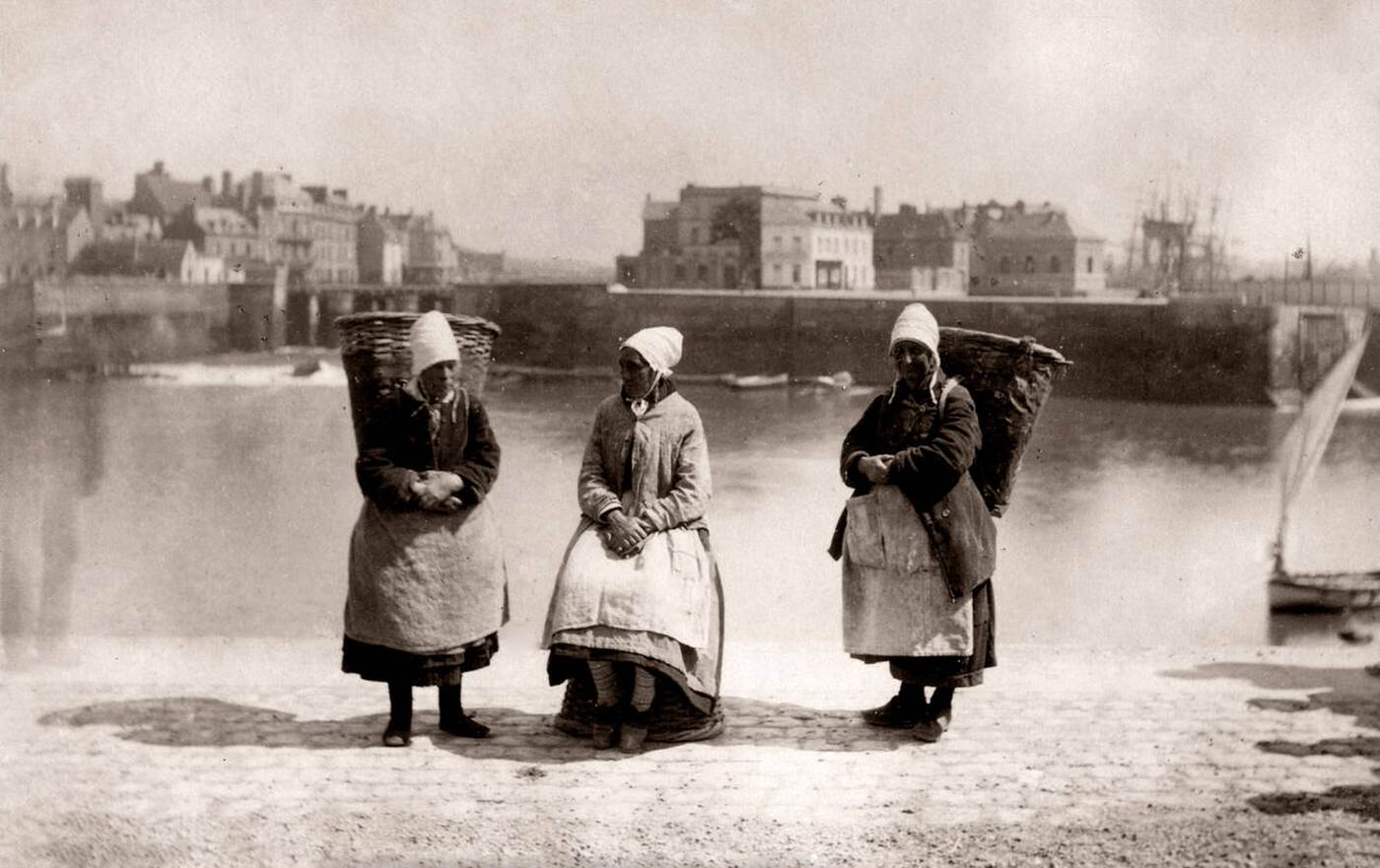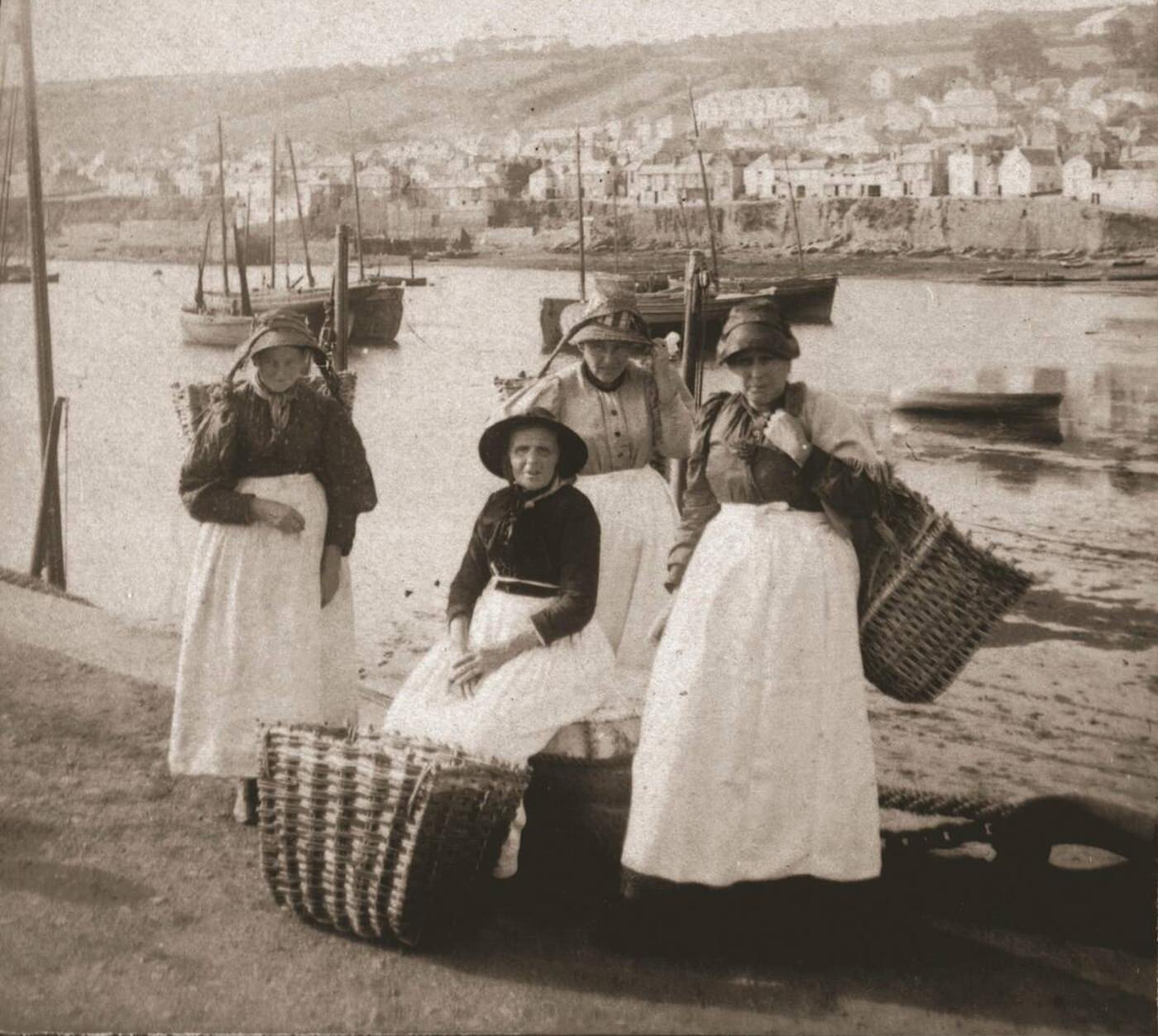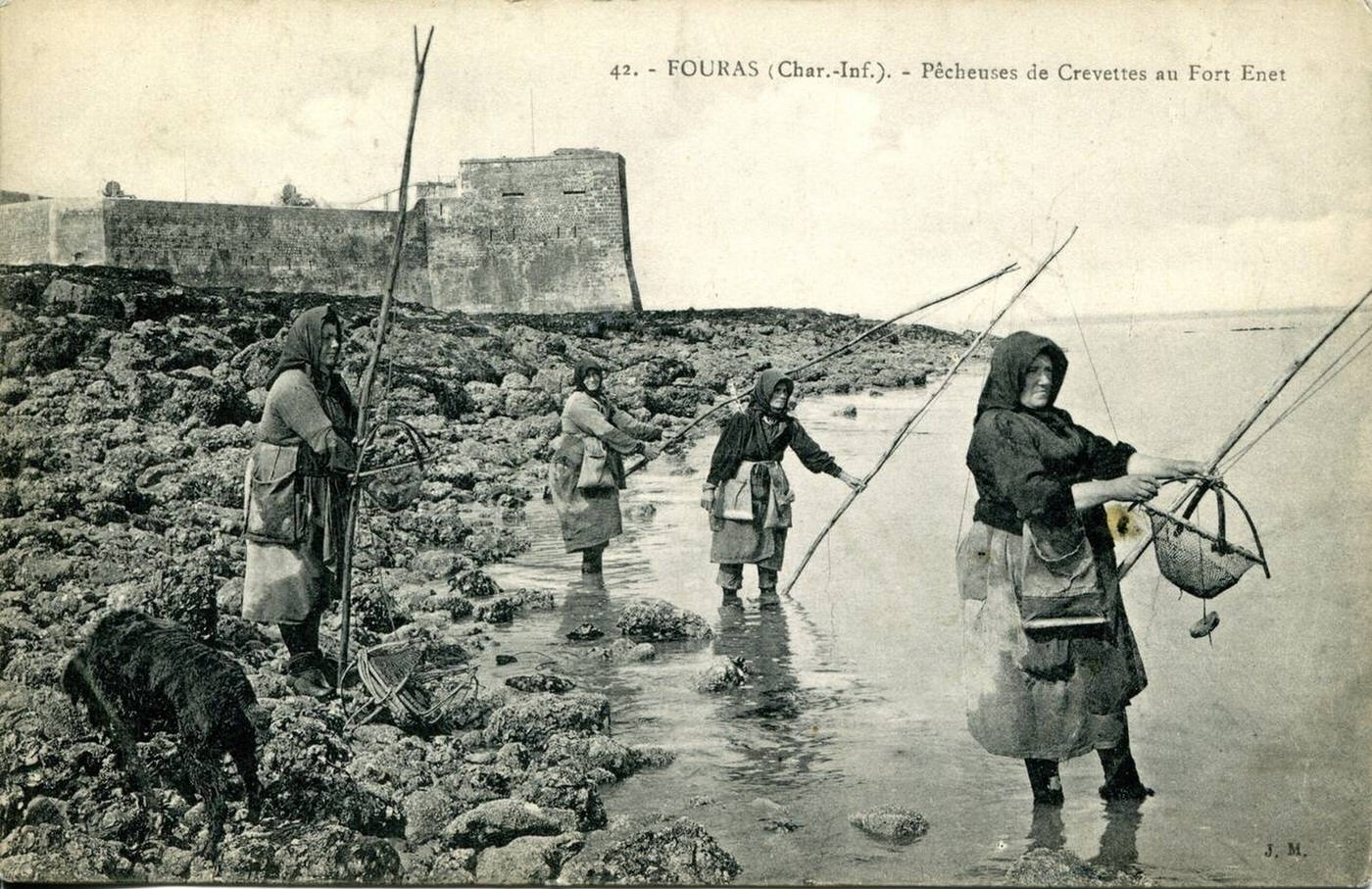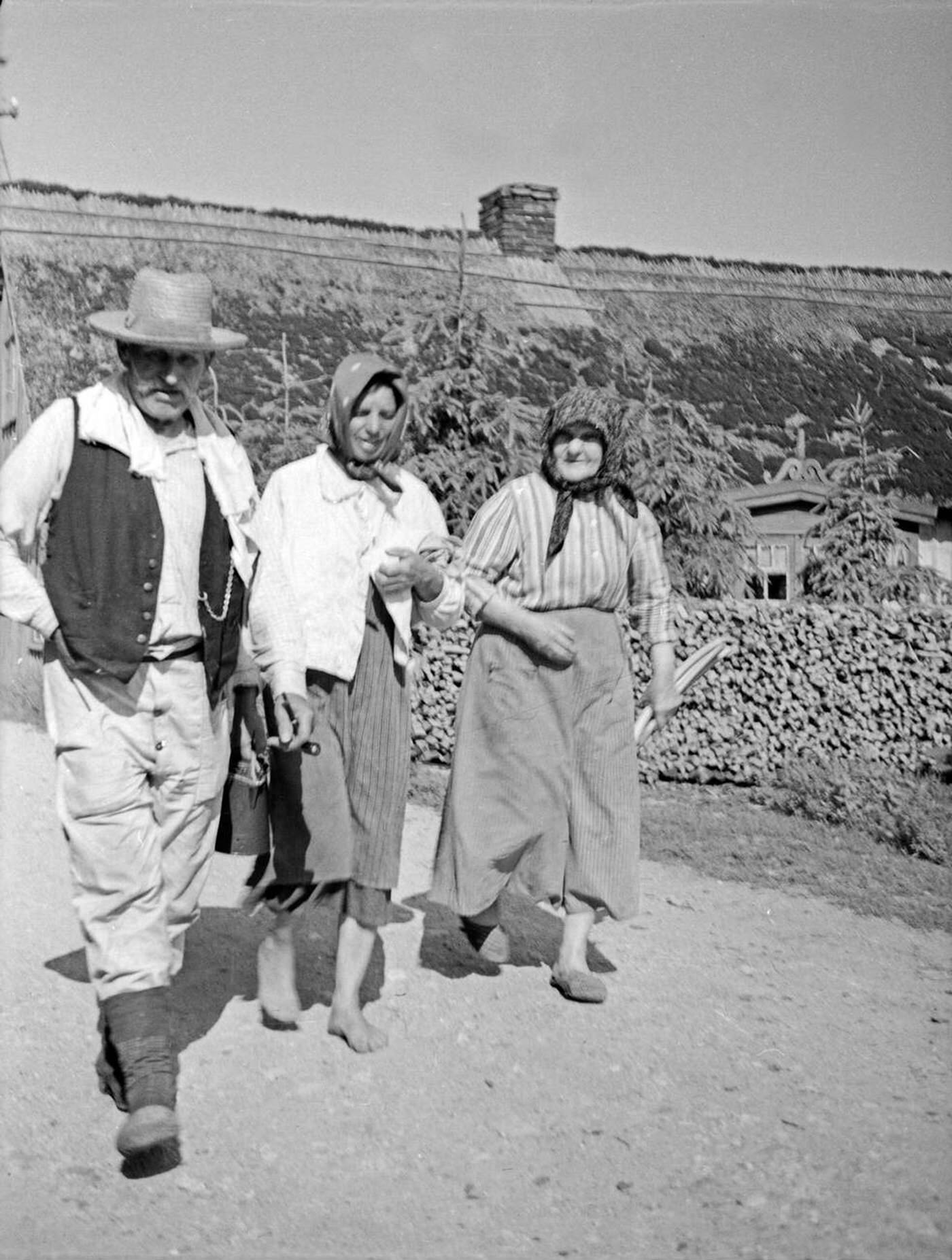Fishing has always been a demanding way to make a living, relying on the sea and hard work. When we think about people who fished in the past, we often picture men on boats. However, women played essential roles in fishing communities for centuries, doing crucial jobs on shore that kept the whole operation going. These women, often called fisherwomen or fishwives depending on the region and their specific tasks, were vital to the success of the fishing industry.
While fewer historical records show women regularly going out on the deepest sea fishing trips, their work on land was equally tough and necessary. One major job was processing the catch once the boats returned. This involved cleaning, gutting, and preparing fish for sale or preservation. This work was often done by hand, regardless of weather conditions.
Preserving fish was another critical task. Before refrigeration was common, fish had to be salted, dried, smoked, or pickled quickly to prevent it from spoiling. Women developed great skill in these methods, which allowed fish to be stored for later use or transported to markets further inland. This preservation work was labor-intensive and required specific knowledge to do correctly.
Read more
Mending and maintaining fishing gear was also a job often handled by women. Fishing nets, sails, and lines were constantly being used and needed regular repair. A torn net meant lost fish and lost income. Women were skilled at weaving and mending these vital tools, often working together in groups while chatting and sharing news. Their careful work ensured that the boats could go out again and catch more fish.
Once the fish was processed, getting it to market was the next step. In many coastal towns, women were the primary fishmongers. They took the processed fish to markets, sold it, and handled the money. This involved dealing with customers, negotiating prices, and managing the business side of selling perishable goods. Their ability to market the catch directly affected the income of the fishing families.
Fisherwomen also managed the household and family finances while the men were at sea, which could be for long periods. They raised children, maintained homes, and often helped prepare supplies for the fishing trips. Their work supported the fishermen directly and indirectly.
In some coastal areas, women did participate in fishing closer to shore, gathering shellfish, seaweed, or fishing with handlines from small boats or the shore itself. These activities added to the family’s food supply or provided goods for sale.


